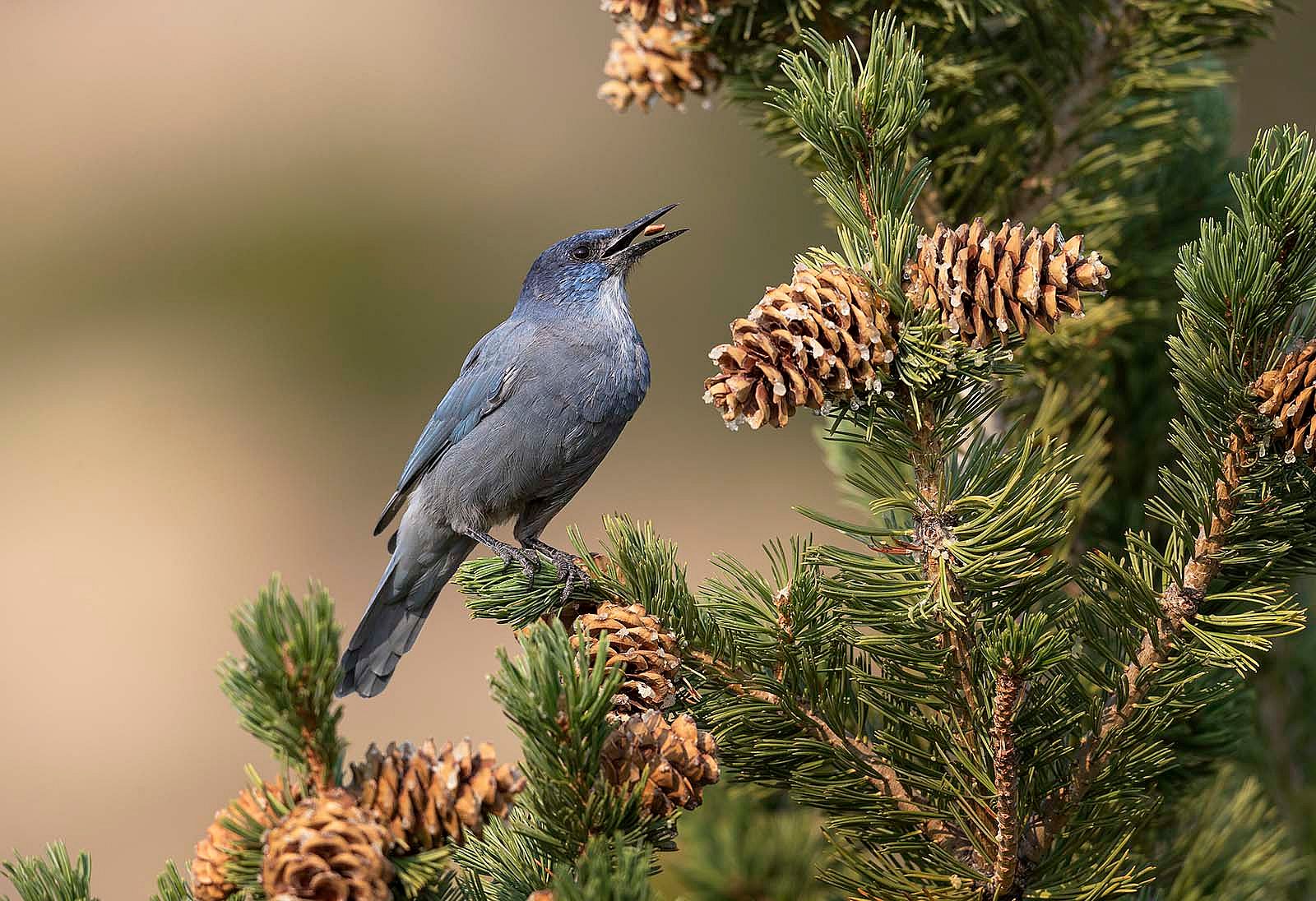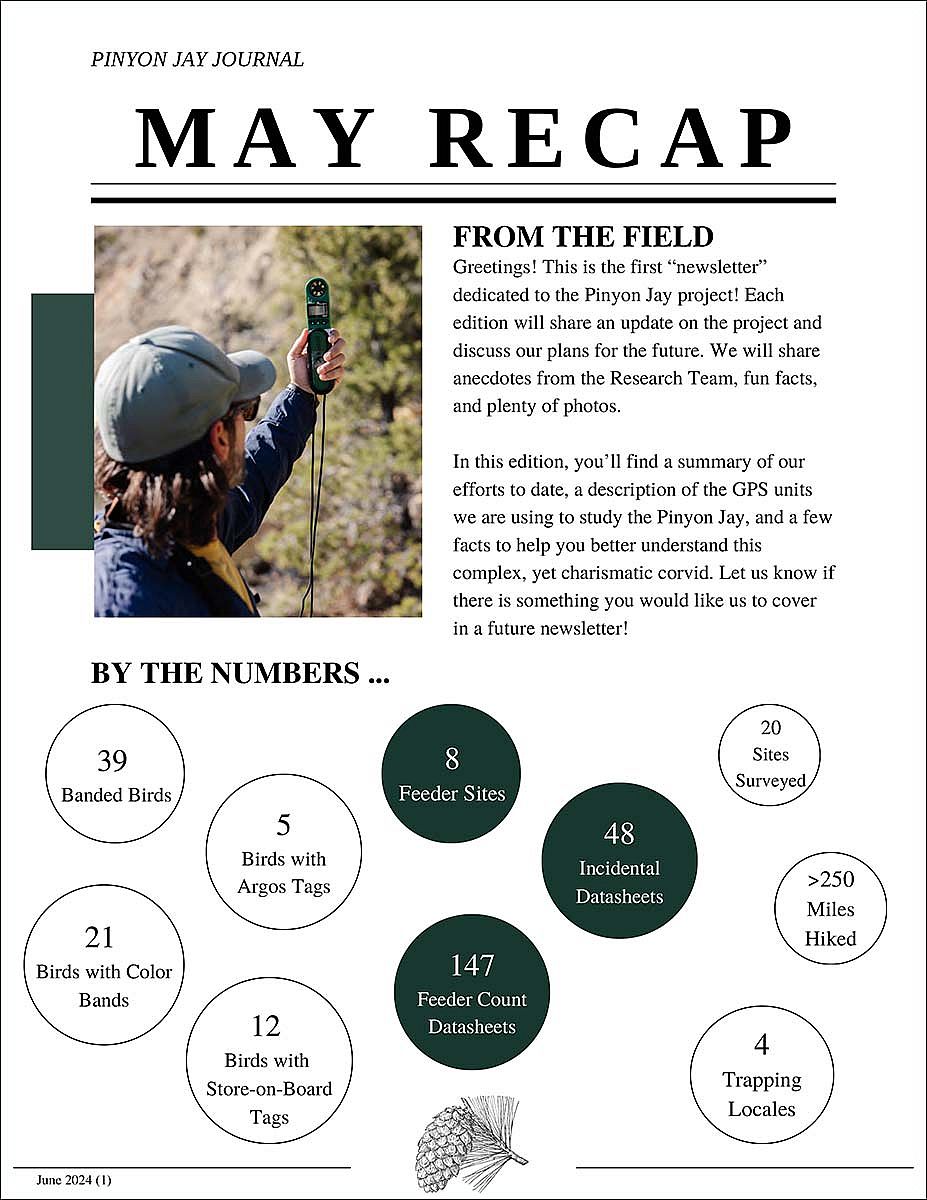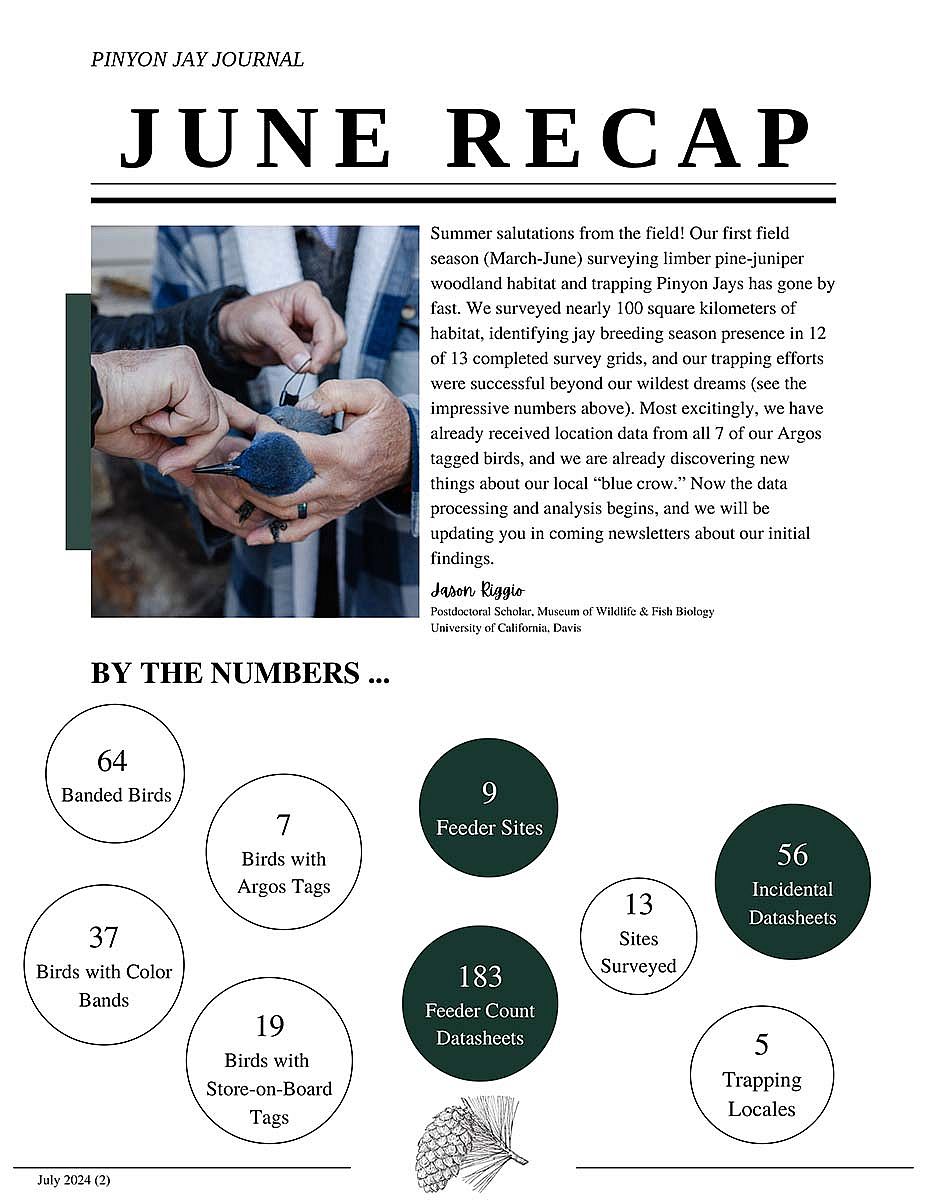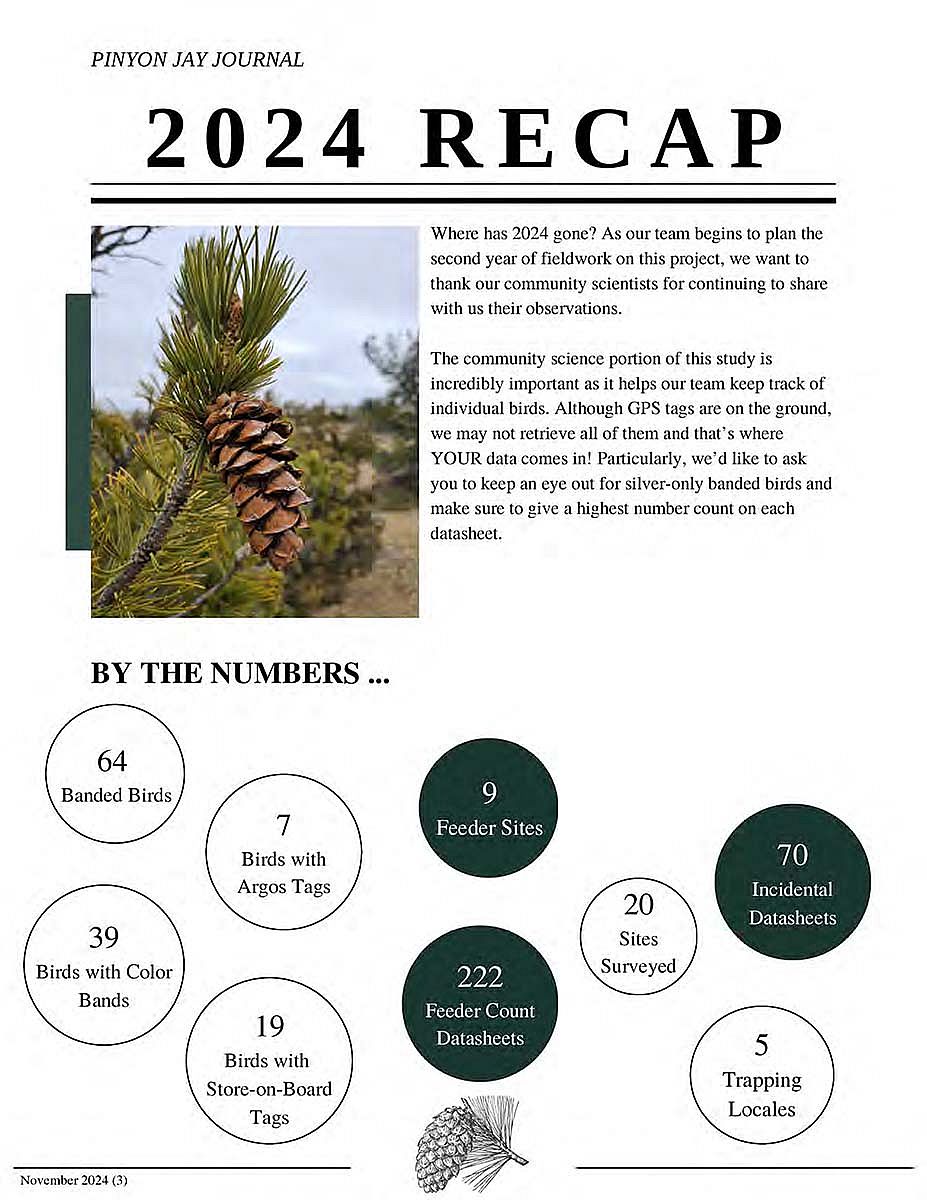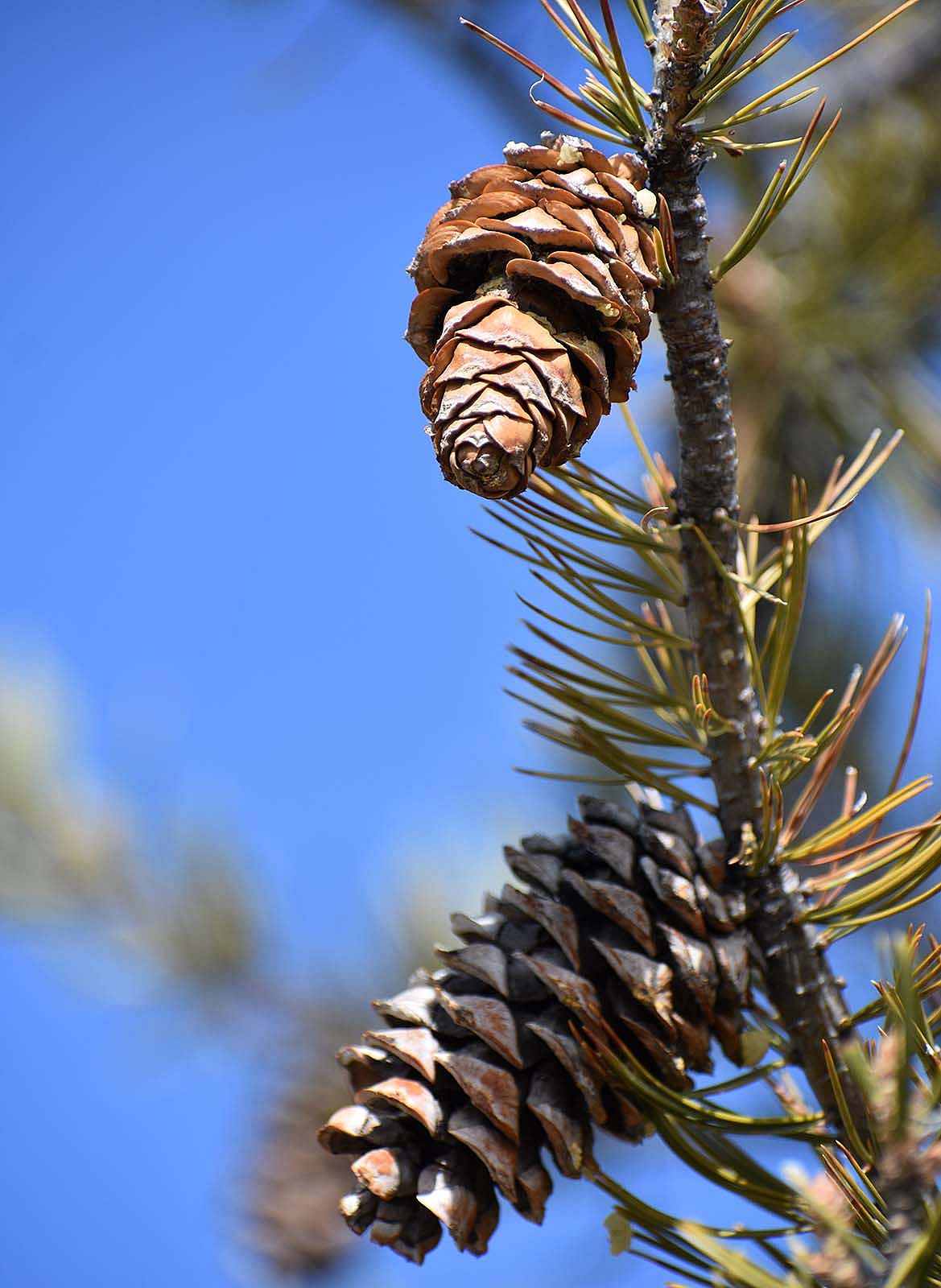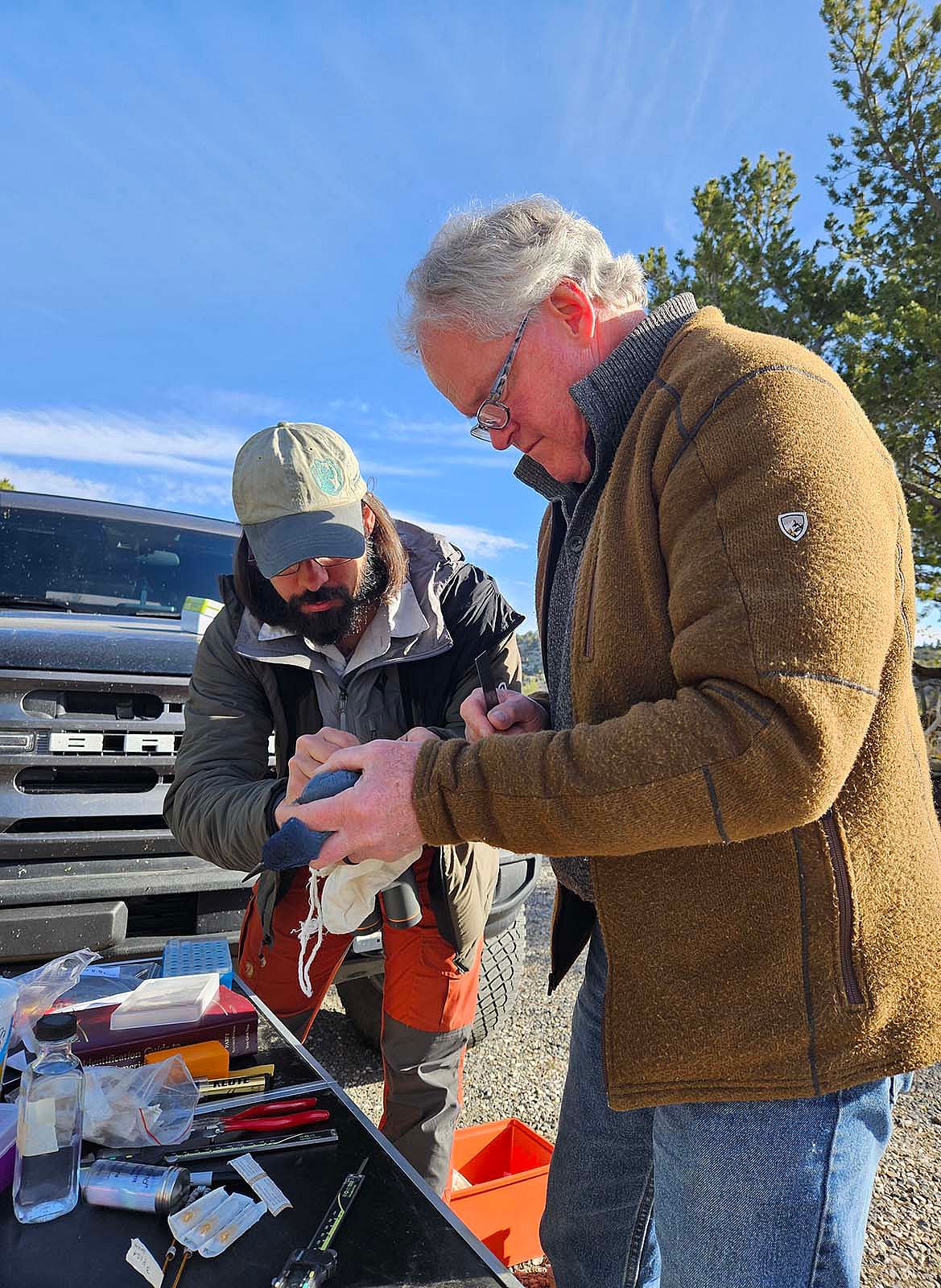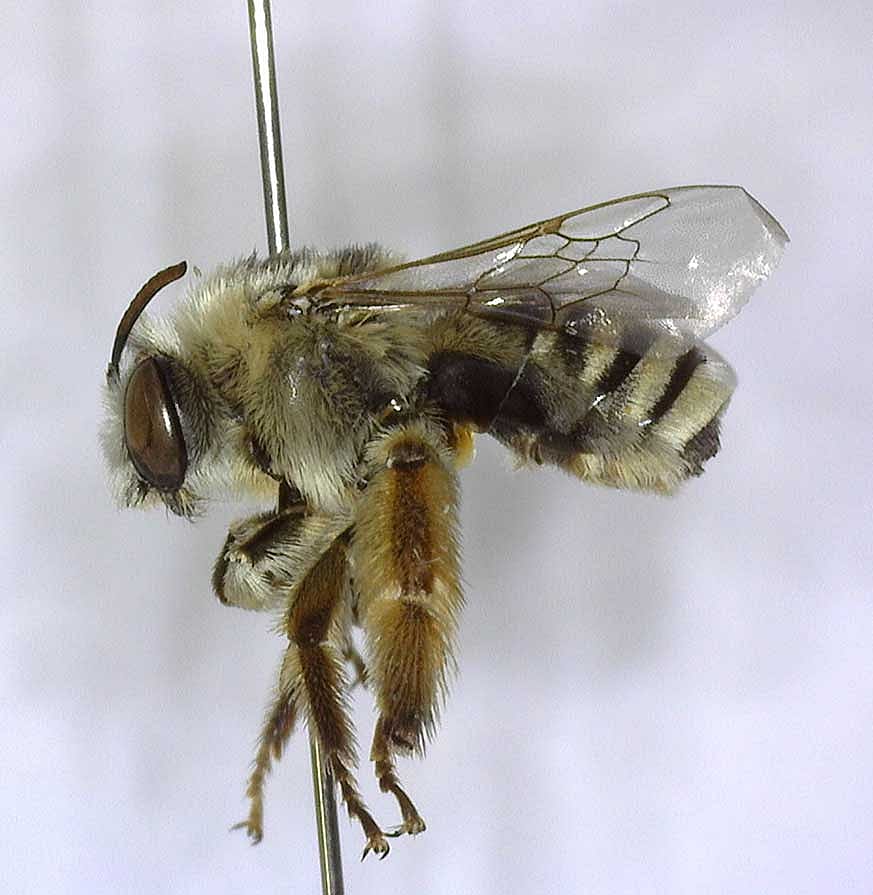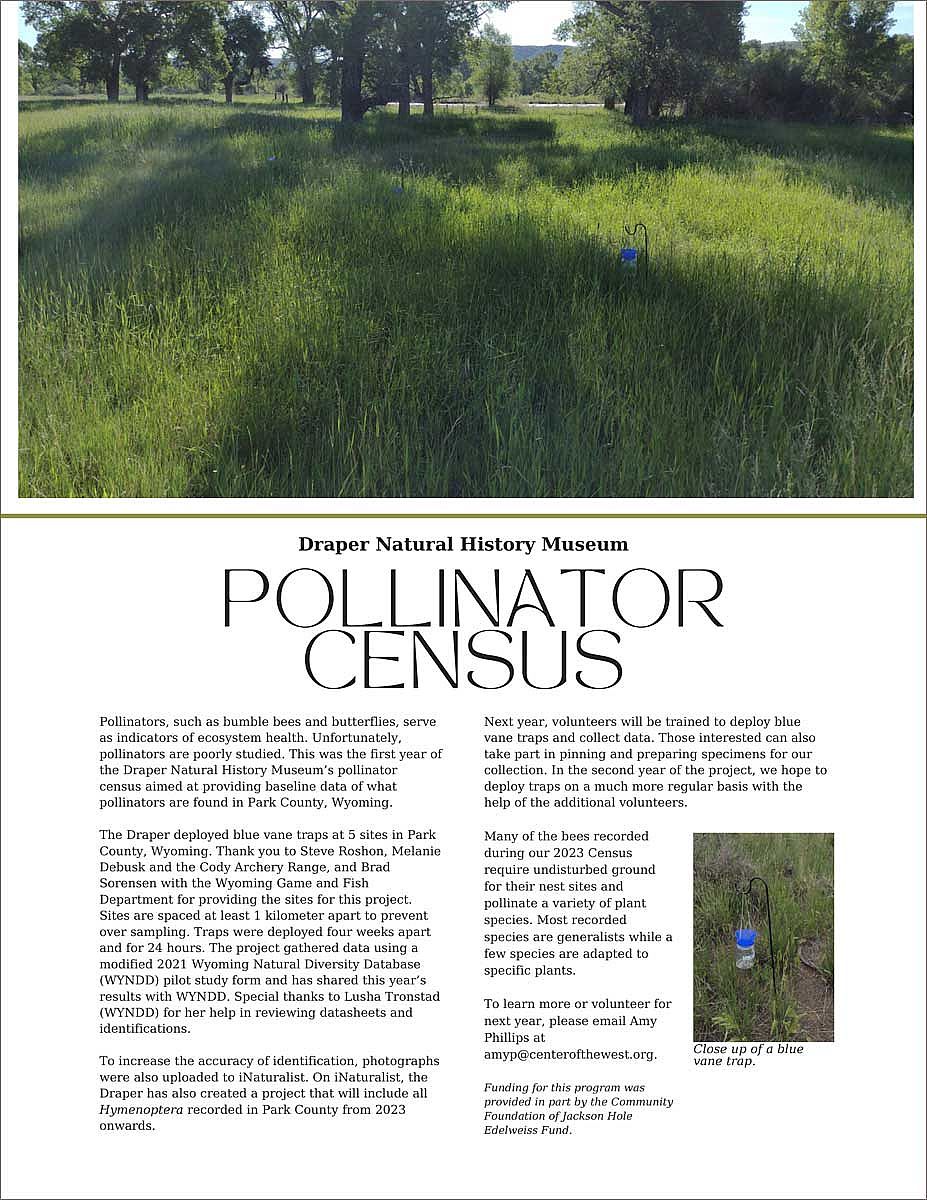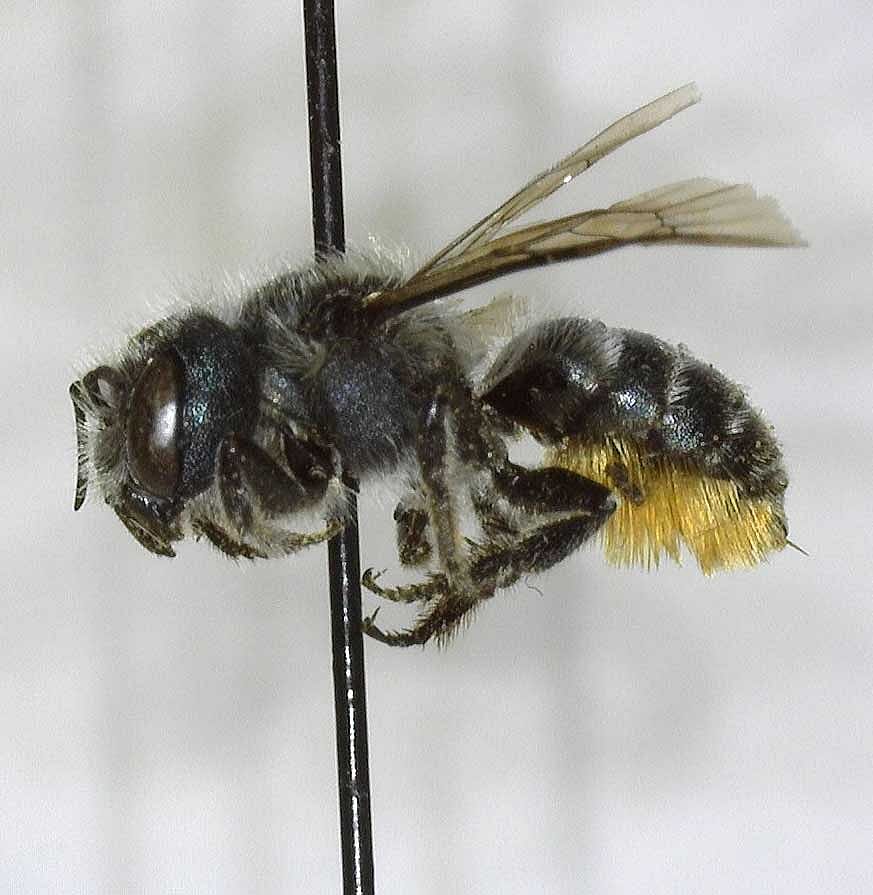Current Research Projects of the Draper
The Draper Natural History Museum is conducting some exciting research on bats and birds of the Greater Yellowstone Ecosystem (GYE). Find out more below about these projects—the Absaroka Bat Census and the Pinyon Jay Project.
Absaroka Bat Census
The Absaroka Bat Census, begun in 2022, aims to study bat diversity, seasonality, and distribution in GYE. Data from this research provides important info on bat occupancy and habitat use patterns in the region.
Corvids & Conifers
The Pinyon Jay Project was established in 2024 and aims to characterize the distribution, habitat use, and movement of Pinyon Jays in Wyoming’s Bighorn Basin relative to Greater Sage-Grouse.
Pollinator Census
The pollinator census was launched in 2023 to generate baseline data of what pollinators are found in Park County, Wyoming. Data is shared with the Wyoming Natural Diversity Database (WYNDD).
The Absaroka Bat Census
What is it?
The Absaroka Bat Census (ABC) project aims to study bat diversity, activity, and distribution in the Greater Yellowstone Ecosystem (GYE). By deploying passive acoustic sensors, we seek to provide baseline data on bat presence in high-elevation habitats. These data will provide wildlife managers with important information on bat occupancy and habitat use patterns in our region. We deployed acoustic sensors using two primary methods.
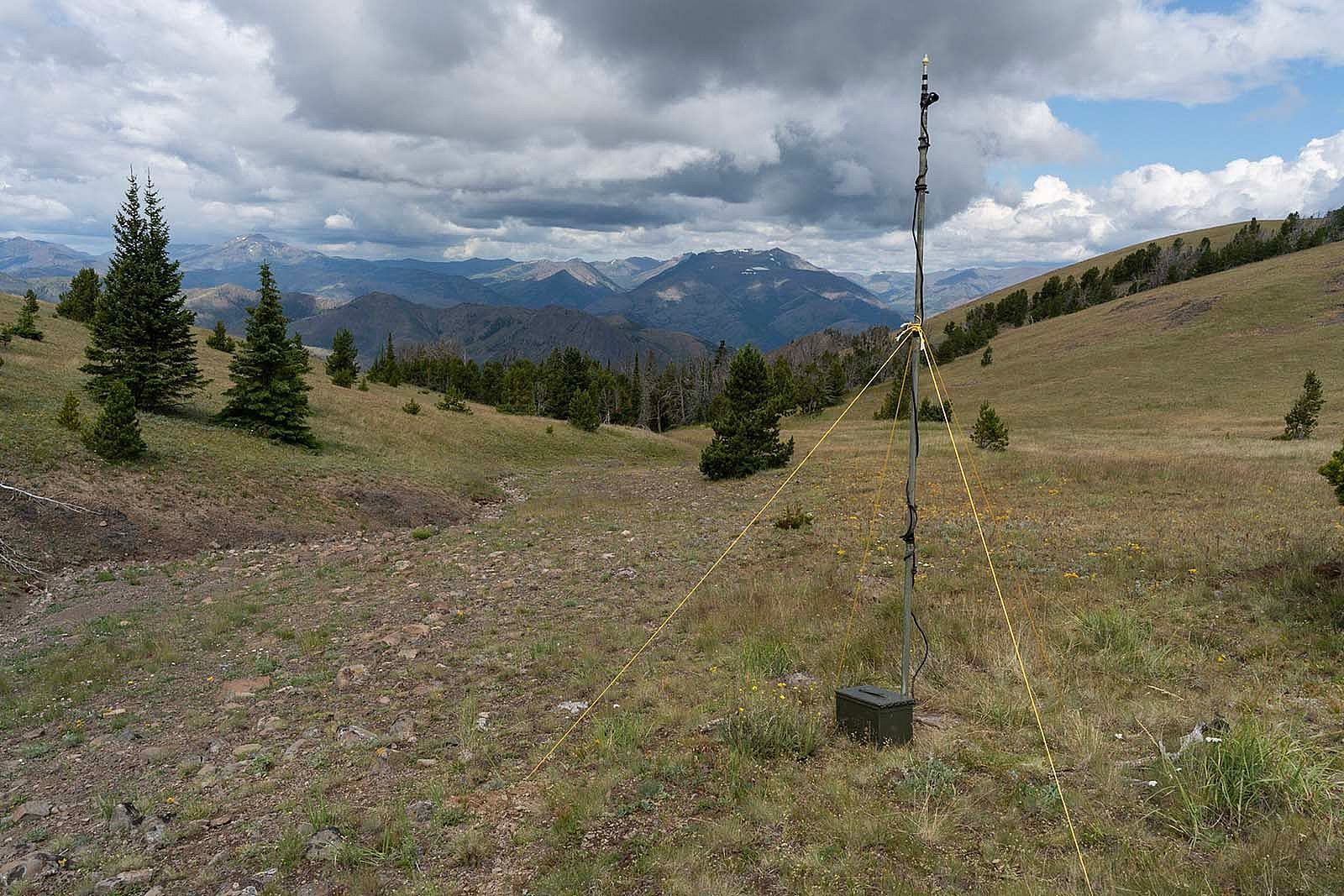
The Two Methods
In the first method, we sampled a series of sites along an elevational gradient for a minimum of 4 consecutive nights per site. This method allows us to investigate elevational limits and habitat preferences of different bat species. The second method uses a continuous, long-term monitoring approach, with detectors maintained at the same consistent locations for 4–5 months throughout the summer and fall. Using this method, we can determine how bat occupancy and use of a site changes over time. Both methods allow us to ask and answer different questions. The project is a 3-year effort, beginning in 2022 and set to finish in 2024. Analysis of data is expected to be completed in 2025–26. We will share photographs, project updates, and publications as they become available.
Why Bats?
The Wyoming Game and Fish Department (WGFD) lists 11 of the state’s 19 bat species as “species of greatest conservation need.” For many of these species, basic information on their distribution, abundance, and habitat requirements is lacking. This absence of data includes our specific area of focus—bat presence and use of alpine landscapes in North America.
To our knowledge, our project is one of the most spatially comprehensive surveys of bats in the Greater Yellowstone Ecosystem and we have documented more instances of bat activity in alpine habitat than previous efforts.
Bats across North America face multiple threats, such as habitat loss, wind energy development, and the fungal disease white-nose syndrome. Bats are indicators of the diversity and health of the state’s ecosystems. Despite bats comprising 15 percent of all mammal species in Wyoming, little is known about their diversity and distribution in the state. We hope the data we have collected are used by state and federal wildlife agencies to inform conservation and management plans for bats in northwestern Wyoming and southern Montana.
Co-Principal Investigators
Katy Goodwin
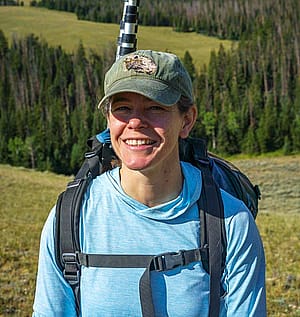 Katy Goodwin is a wildlife biologist and data analyst with more than 15 years of experience in biological research and monitoring. She currently works as a federal agency biologist and volunteers her time on the Absaroka Bat Census. From 2017–2023, Katy coordinated a large-scale bat acoustic monitoring program across nine national parks in the Great Lakes region, field tested different ultrasonic microphone models, and evaluated agreement among different acoustic data processing software programs. Although Katy’s most recent focus is studying bats, she has also spent many days in the field observing and collecting data on wetlands, songbirds, amphibians, and mustelids. Katy’s favorite aspect of the Draper research project is exploring the mountain ranges of the GYE and getting to know the remarkable creatures that inhabit them. She’s particularly intrigued by the Long-Legged Myotis, a small bat with extra fur on its wings which helps it thrive in cold temperatures.
Katy Goodwin is a wildlife biologist and data analyst with more than 15 years of experience in biological research and monitoring. She currently works as a federal agency biologist and volunteers her time on the Absaroka Bat Census. From 2017–2023, Katy coordinated a large-scale bat acoustic monitoring program across nine national parks in the Great Lakes region, field tested different ultrasonic microphone models, and evaluated agreement among different acoustic data processing software programs. Although Katy’s most recent focus is studying bats, she has also spent many days in the field observing and collecting data on wetlands, songbirds, amphibians, and mustelids. Katy’s favorite aspect of the Draper research project is exploring the mountain ranges of the GYE and getting to know the remarkable creatures that inhabit them. She’s particularly intrigued by the Long-Legged Myotis, a small bat with extra fur on its wings which helps it thrive in cold temperatures.
Jason Riggio
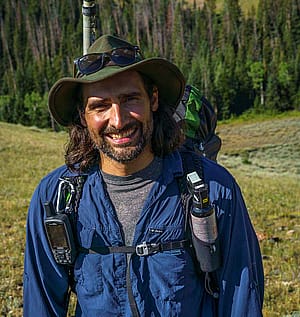 Dr. Jason Riggio is a Postdoctoral Scholar in the Museum of Wildlife and Fish Biology in the Department of Wildlife, Fish and Conservation Biology at the University of California, Davis. His research focuses on applied solutions to wildlife and landscape conservation challenges. Jason is particularly driven to address human impacts on biodiversity at the intersection of species distributions and global change, but also appreciates that the best maps at any scale are often informed by local surveys. As a postdoc, he is conducting a large-scale biodiversity monitoring project of California Department of Water Resources riparian forest and wetland restoration sites across the Sacramento-San Joaquin Delta. Jason is also working on research projects in Wyoming surveying bat populations in alpine areas of the Absaroka Mountains and Pinyon Jays in the Bighorn Basin, and in East and Southern Africa developing methods to map continental-scale and multi-species landscape connectivity and wildlife corridors.
Dr. Jason Riggio is a Postdoctoral Scholar in the Museum of Wildlife and Fish Biology in the Department of Wildlife, Fish and Conservation Biology at the University of California, Davis. His research focuses on applied solutions to wildlife and landscape conservation challenges. Jason is particularly driven to address human impacts on biodiversity at the intersection of species distributions and global change, but also appreciates that the best maps at any scale are often informed by local surveys. As a postdoc, he is conducting a large-scale biodiversity monitoring project of California Department of Water Resources riparian forest and wetland restoration sites across the Sacramento-San Joaquin Delta. Jason is also working on research projects in Wyoming surveying bat populations in alpine areas of the Absaroka Mountains and Pinyon Jays in the Bighorn Basin, and in East and Southern Africa developing methods to map continental-scale and multi-species landscape connectivity and wildlife corridors.
Jordan Harrison
 Jordan Harrison is an avian biologist from Bozeman, Montana. Over his career he has worked for various non-profit and private organizations on two continents and across the western United States. His current work is especially focused on bald and golden eagle diet, productivity, and resource selection. He became interested in bats through alpine mountaineering in the northern Rockies, where he would often see bats flying on high peaks during early alpine-starts or late finishes when climbing. The intersection of biological research and time spent in the alpine environments of the GYE drew him to the research and partnership opportunities presented by the Draper Natural History Museum and the Absaroka Bat Census.
Jordan Harrison is an avian biologist from Bozeman, Montana. Over his career he has worked for various non-profit and private organizations on two continents and across the western United States. His current work is especially focused on bald and golden eagle diet, productivity, and resource selection. He became interested in bats through alpine mountaineering in the northern Rockies, where he would often see bats flying on high peaks during early alpine-starts or late finishes when climbing. The intersection of biological research and time spent in the alpine environments of the GYE drew him to the research and partnership opportunities presented by the Draper Natural History Museum and the Absaroka Bat Census.
Corey Anco
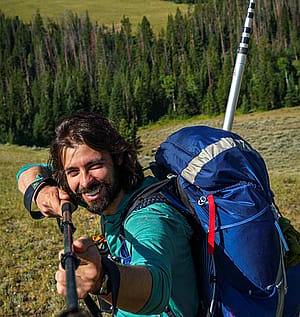 Corey Anco is the Willis McDonald, IV Curator of Natural Science at the Draper Museum. Corey is inspired by the ability of natural history museums to aid in the discovery and sharing of scientific information among people of all ages and learning abilities. Corey’s research activities are conducted in tandem with the needs of state and federal natural resource managers.
Corey Anco is the Willis McDonald, IV Curator of Natural Science at the Draper Museum. Corey is inspired by the ability of natural history museums to aid in the discovery and sharing of scientific information among people of all ages and learning abilities. Corey’s research activities are conducted in tandem with the needs of state and federal natural resource managers.
The Absaroka Bat Census (ABC) program was undertaken to fill gaps in knowledge about bat occupancy in alpine and montane environments of the Absaroka Mountains. The best part of Corey’s job is translating the scientific results into engaging and immersive interactives and content, which can be found throughout the Draper. He hopes to incorporate findings from the ABC program into a future nocturnal exhibit.
ABC Highlights
Click each tab for details from each season of the Absaroka Bat Census fieldwork.
The ABC’s first year, 2022, saw the deployment of bat detectors (acoustic sensors) at a total of 22 survey sites within the 3 study areas. Although one detector failed due to a damaged microphone cable, detectors at the remaining 21 sites successfully recorded for a total of 130 survey nights. Sampling yielded a total of 166,951 audio files! Find out more about the 2022 season, watch this Lunchtime Expedition by Corey Anco.
Spatial coverage expanded in 2023 with the addition of study sites throughout the Absarokas in Wyoming and extending into Montana. At the end of Project Year 2, the team has cumulatively sampled 8 drainages, deployed 47 sensors, and collected more than 550 survey nights worth of data. To date, 18 volunteers contributed to this project resulting in approximately 850 miles hiked and more than 250,000 feet of elevation climbed!
Corey Anco presentation on bats
Research Images Slide Show
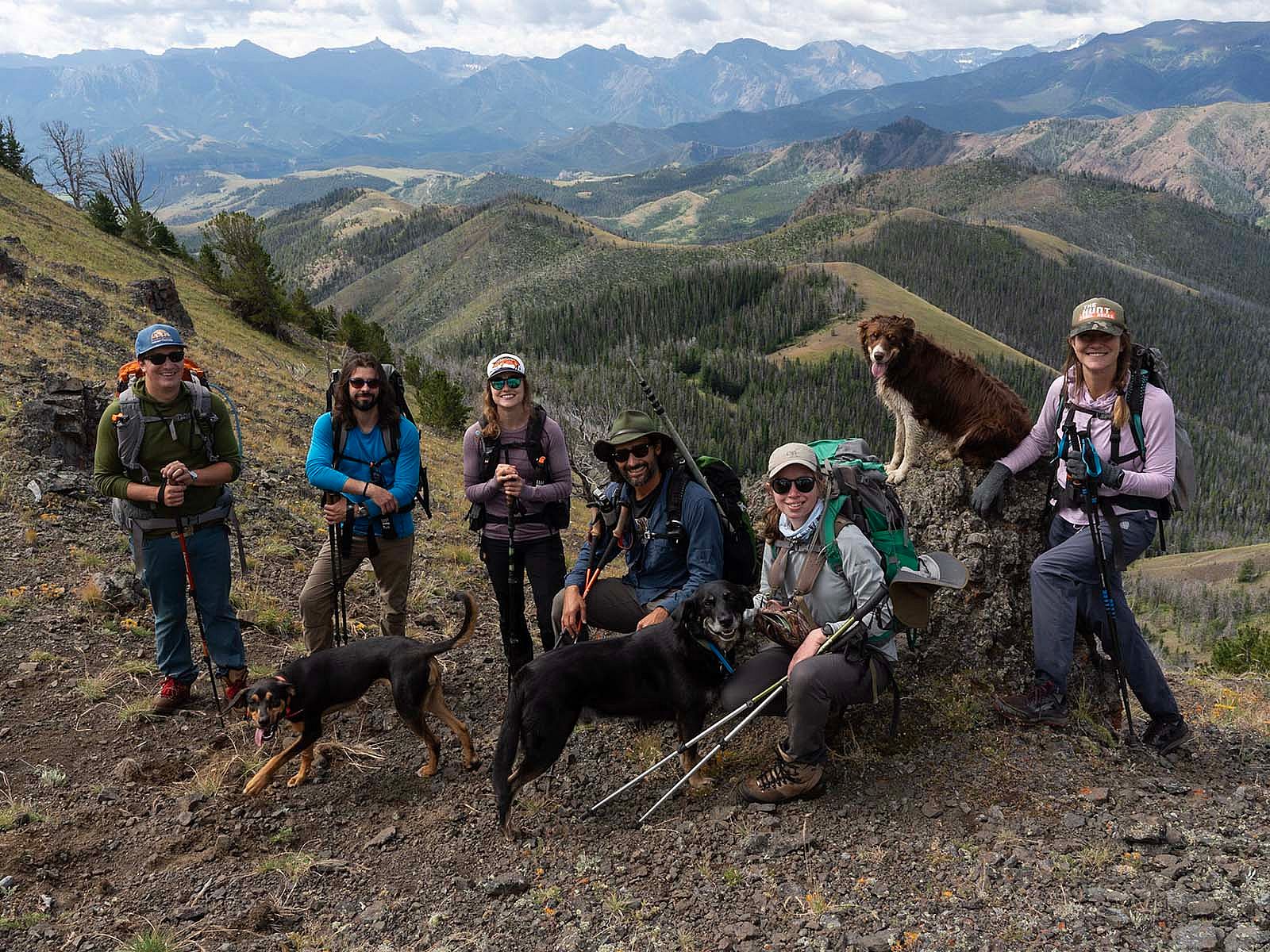
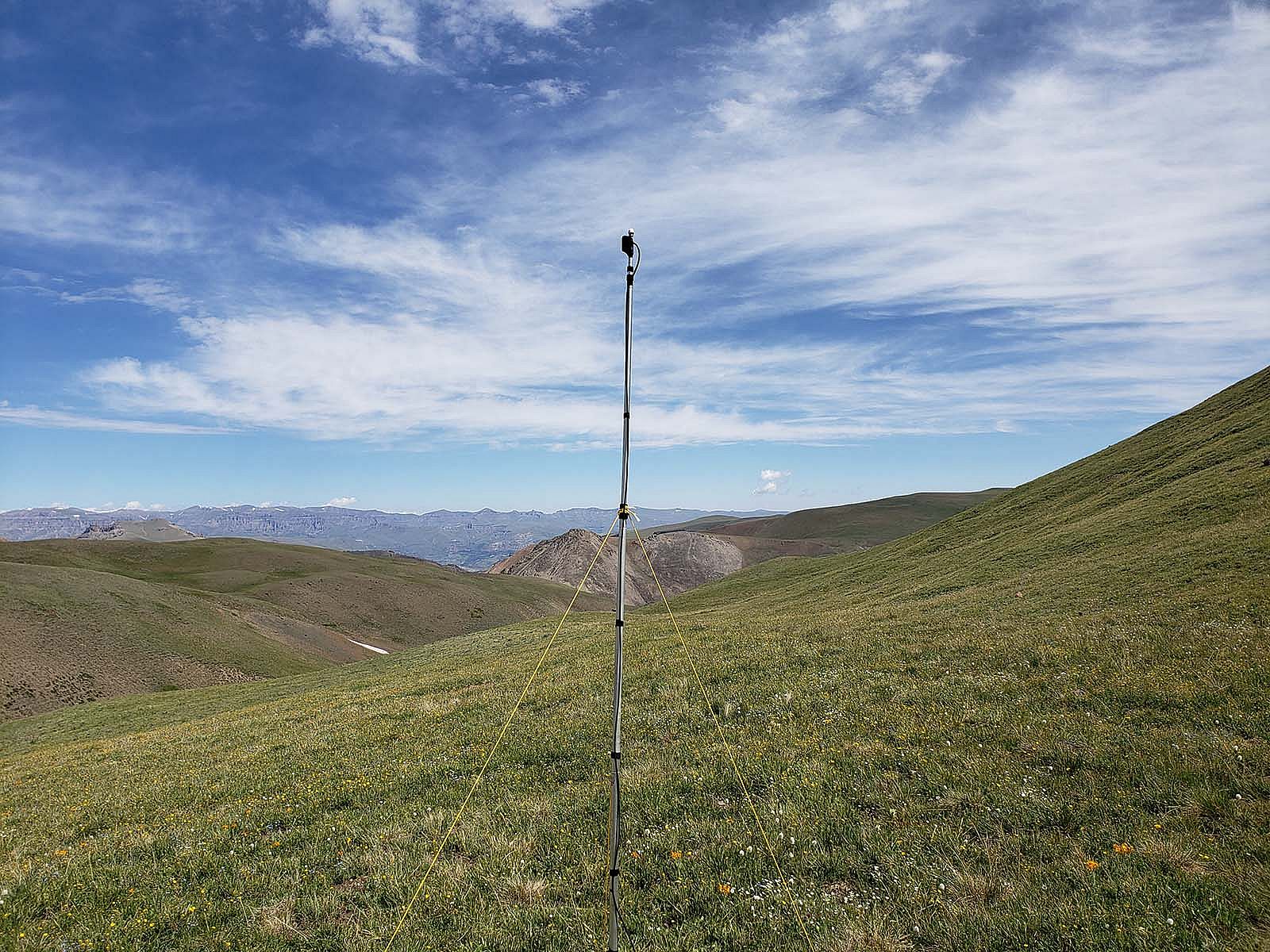
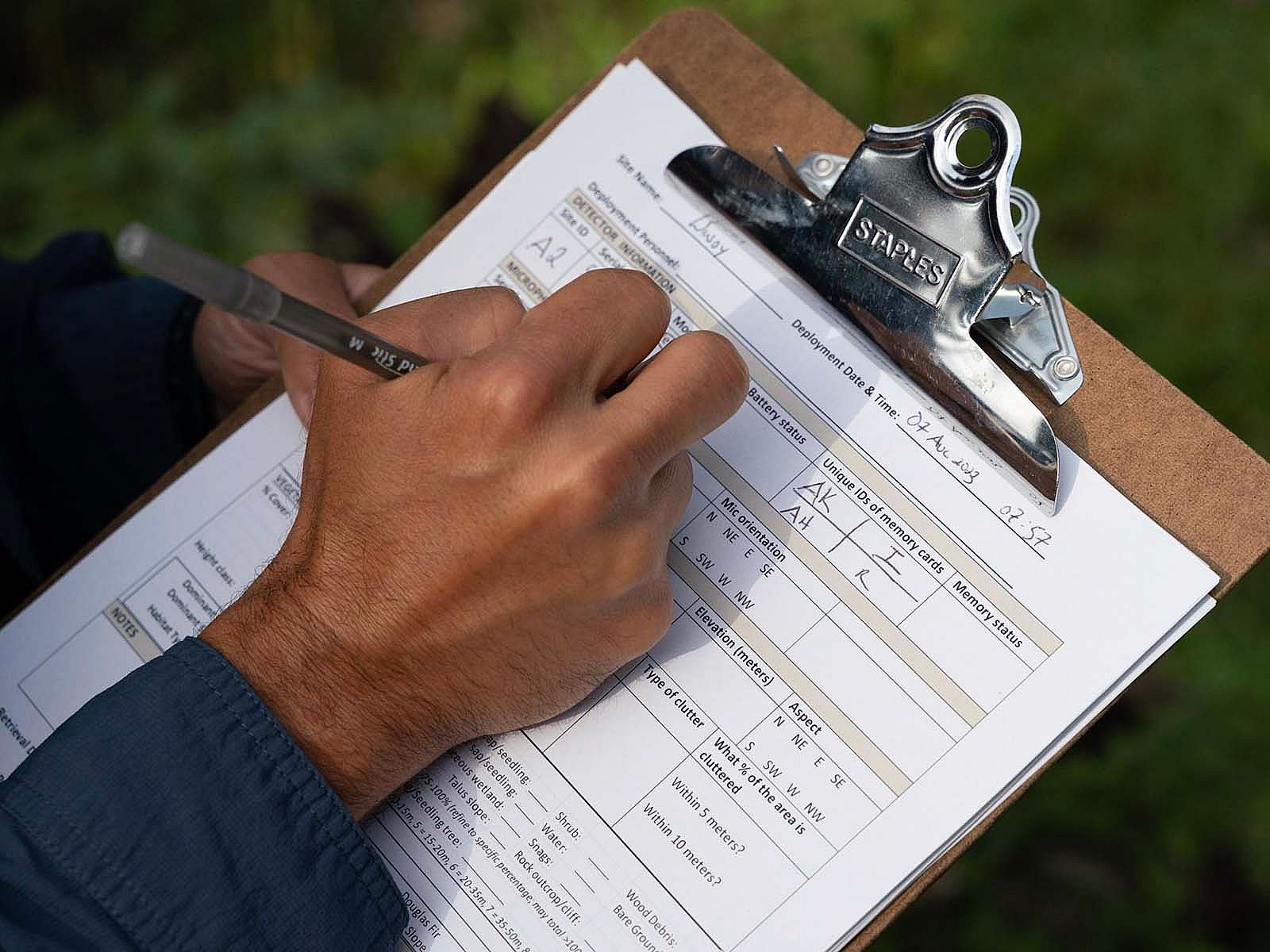
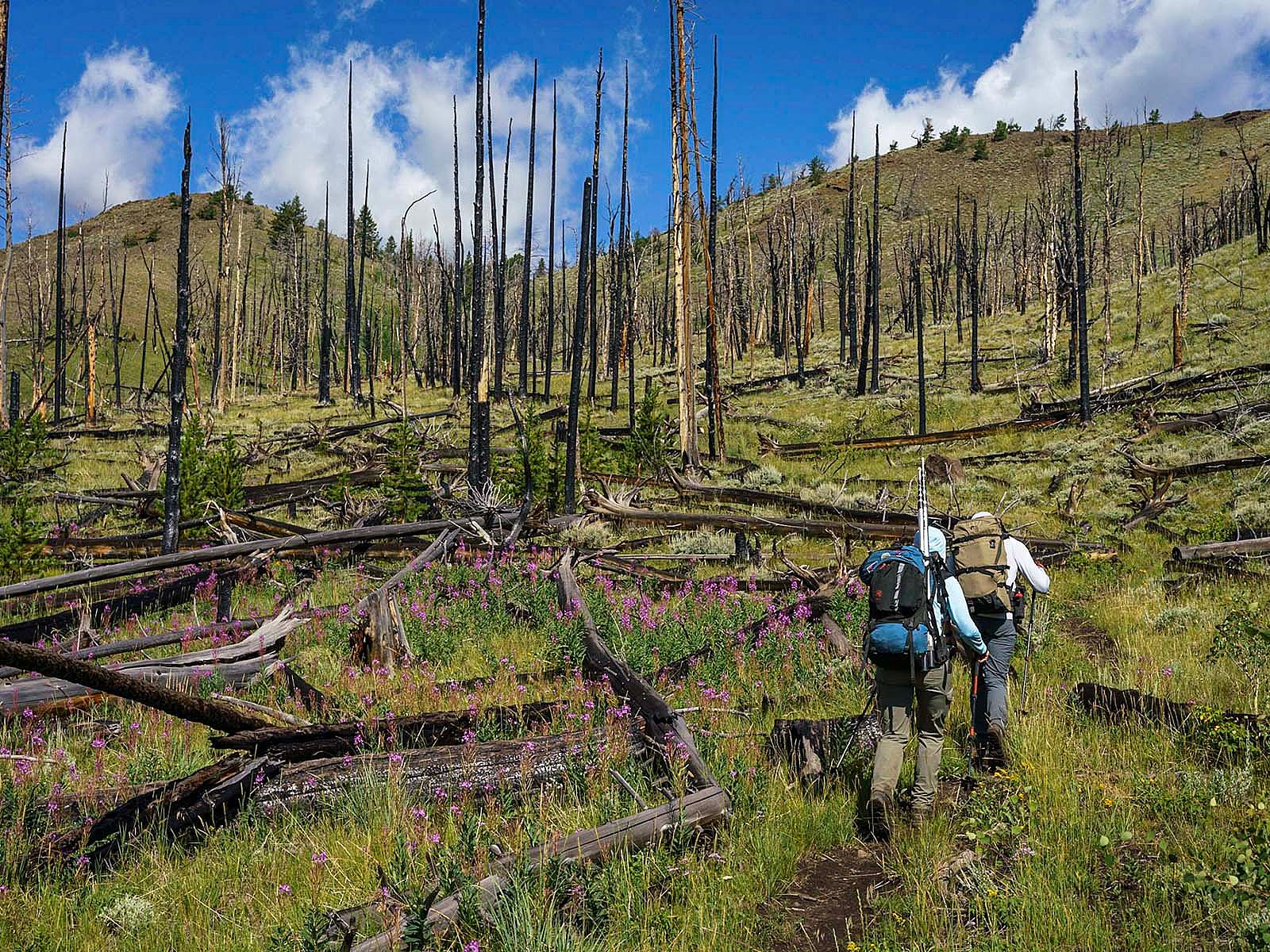
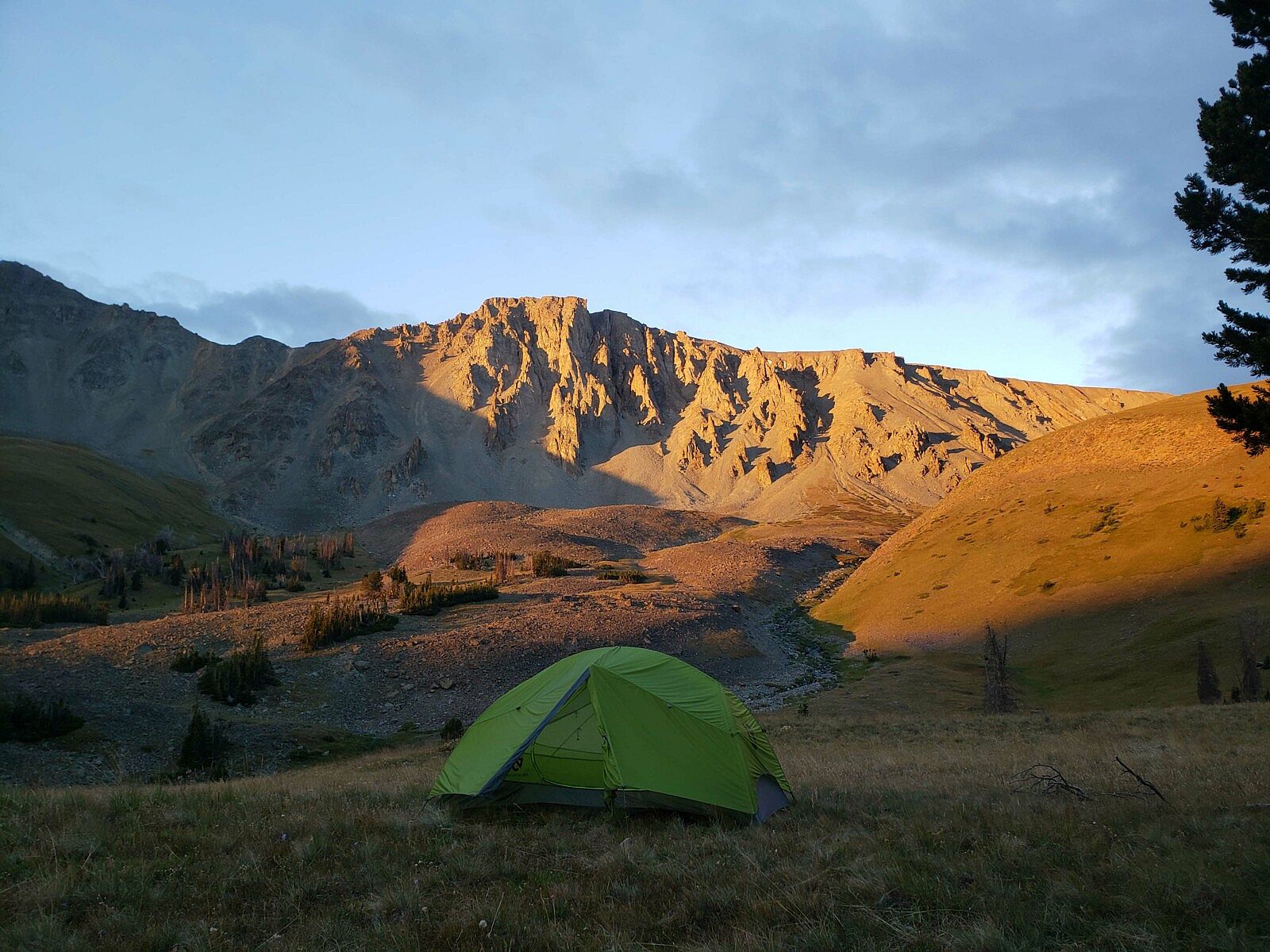
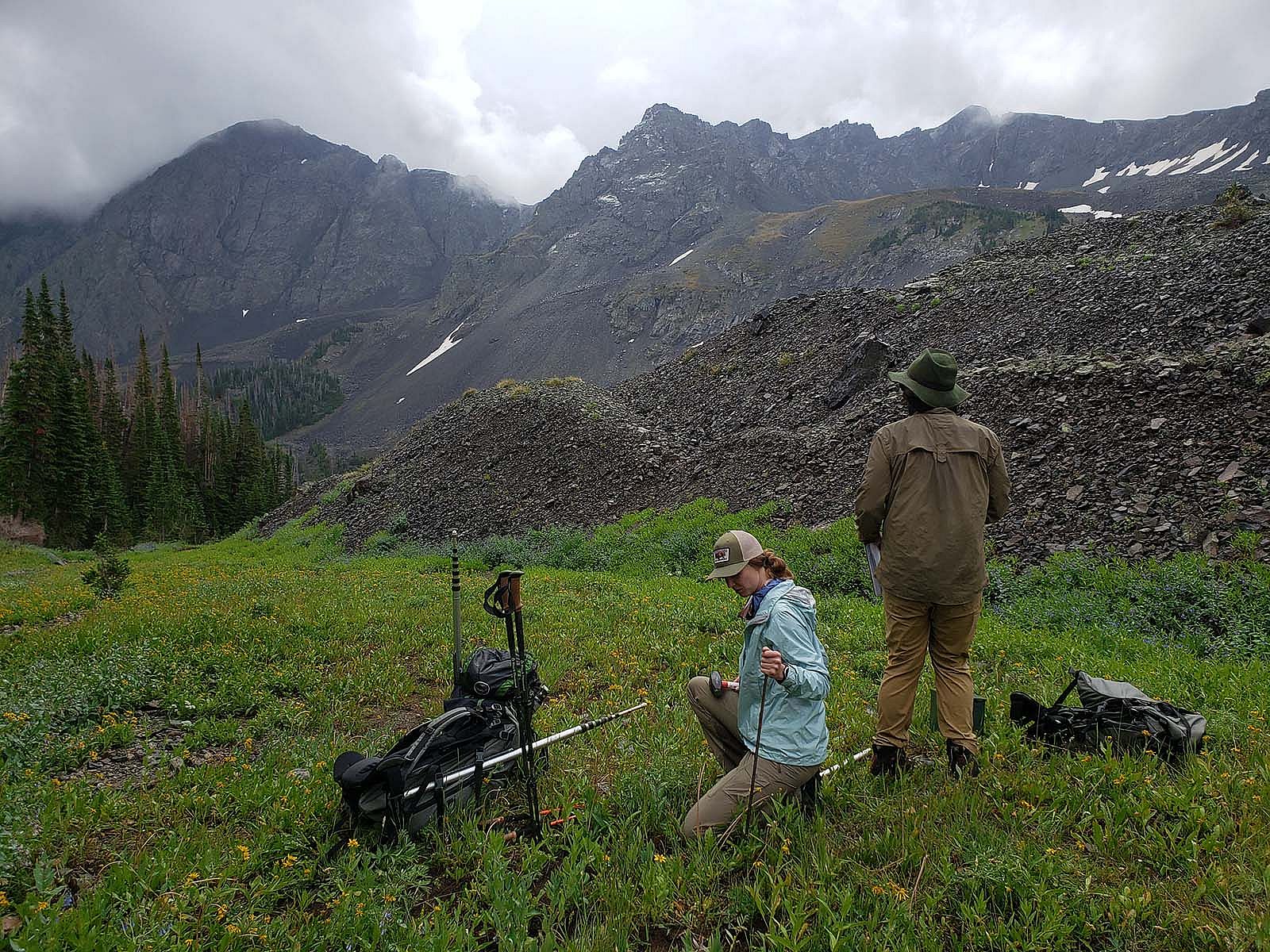
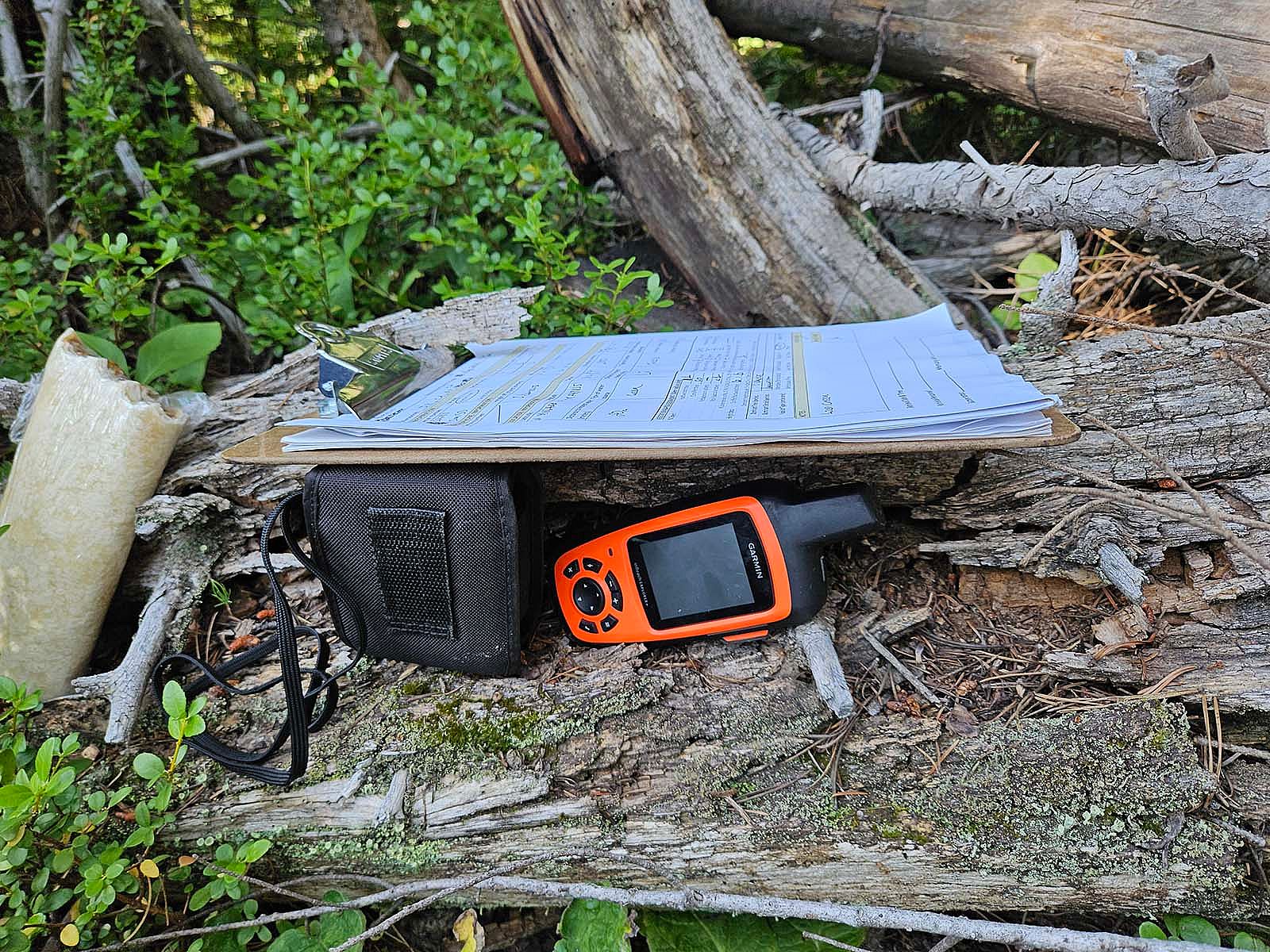
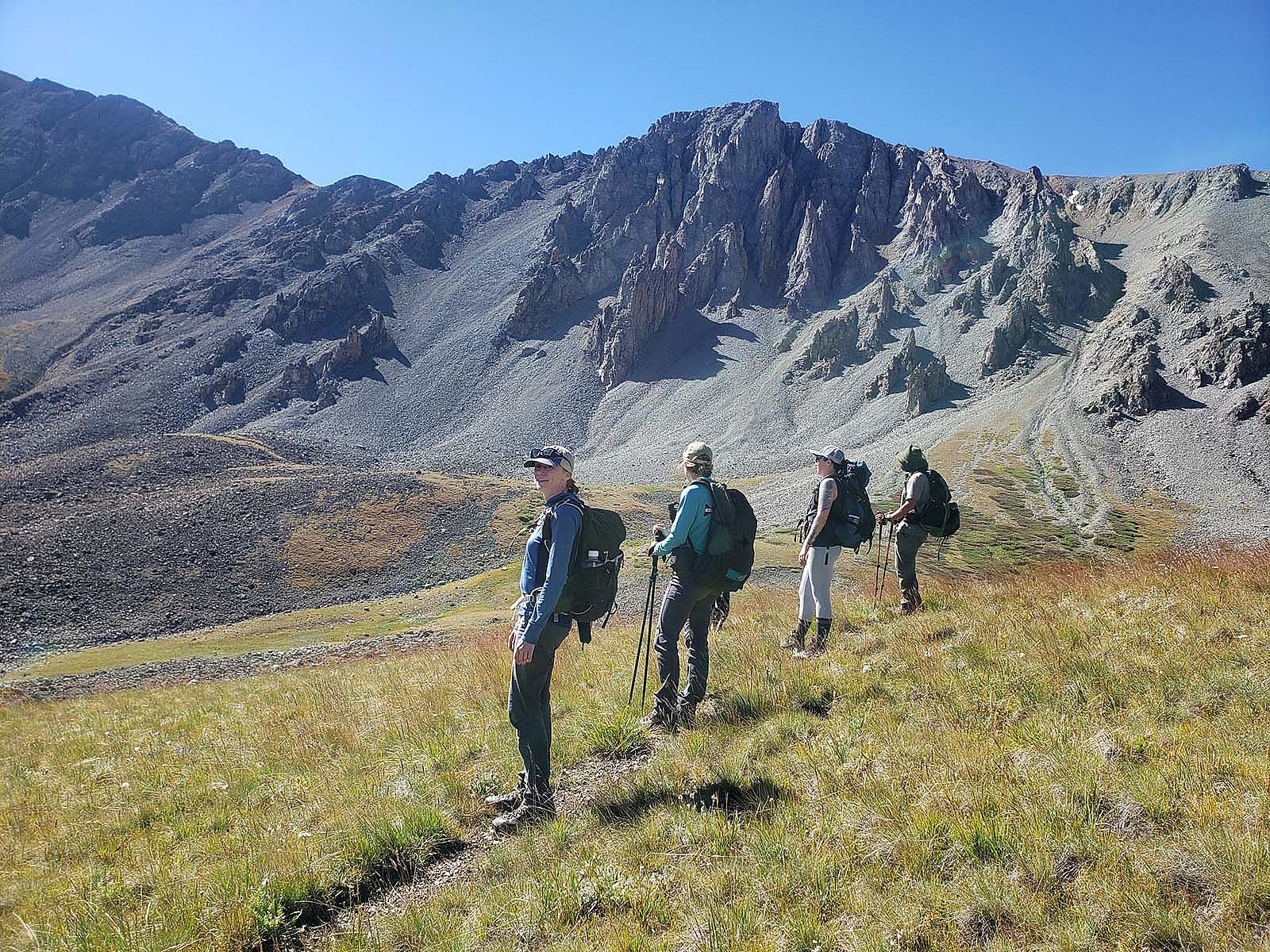
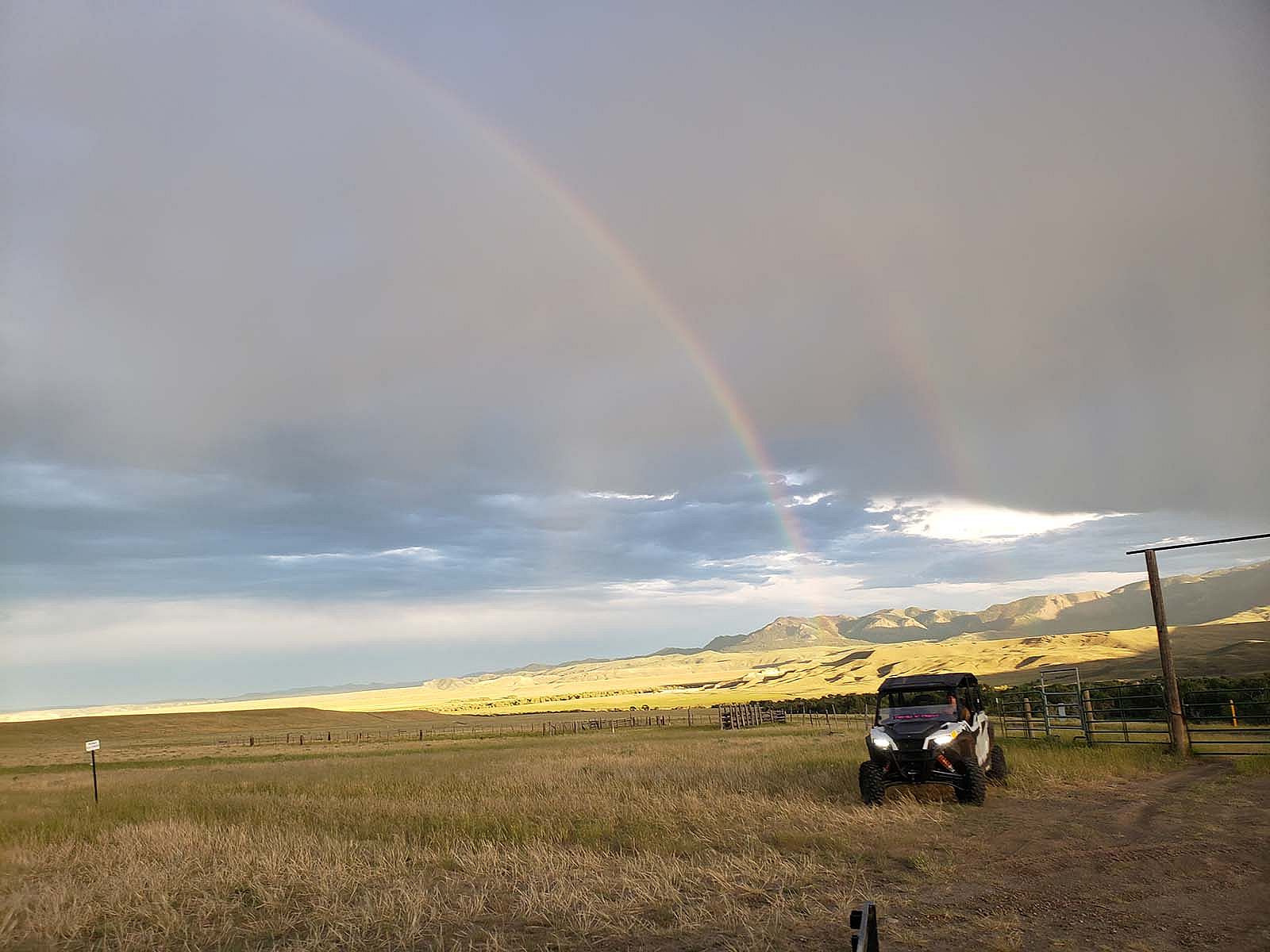
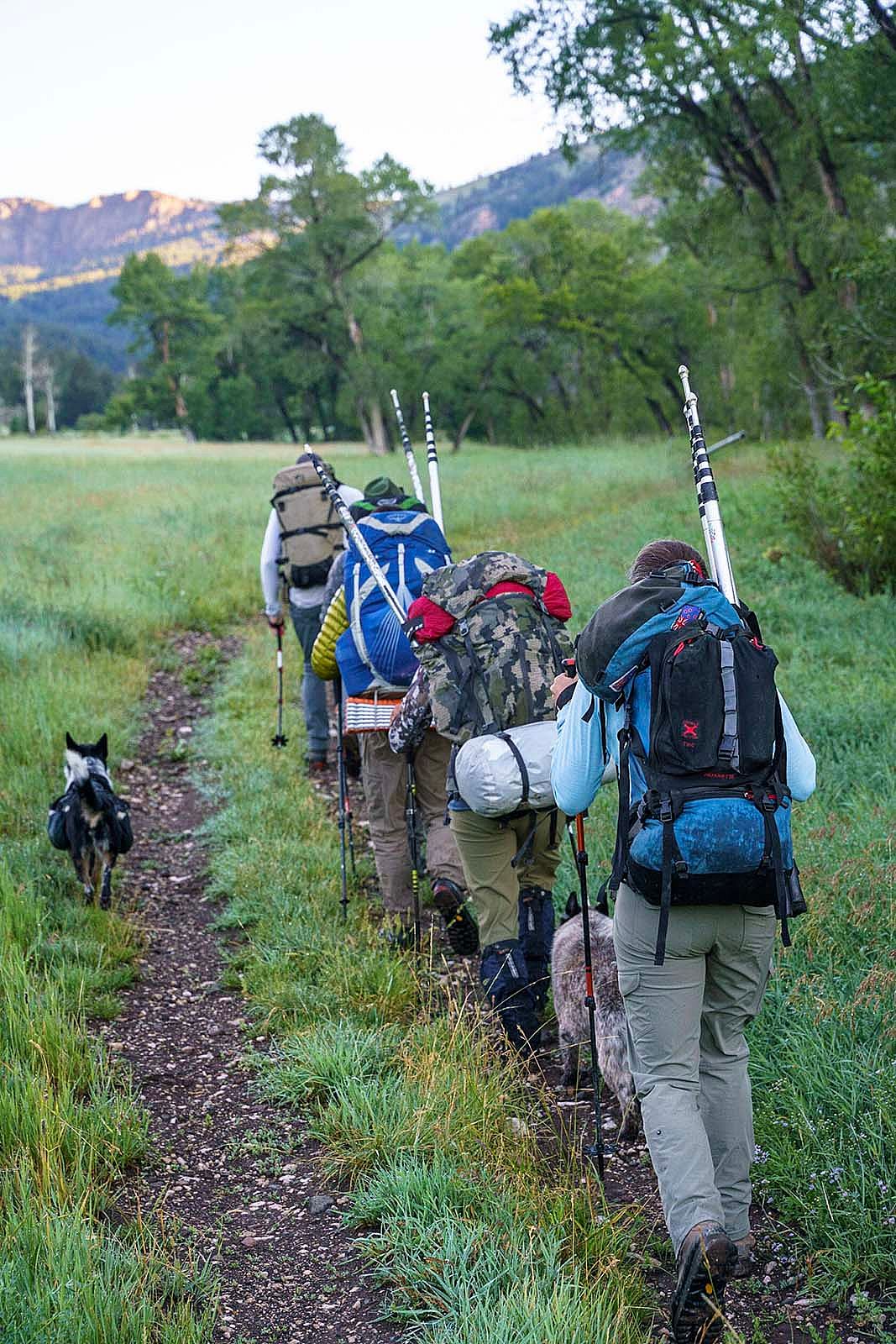
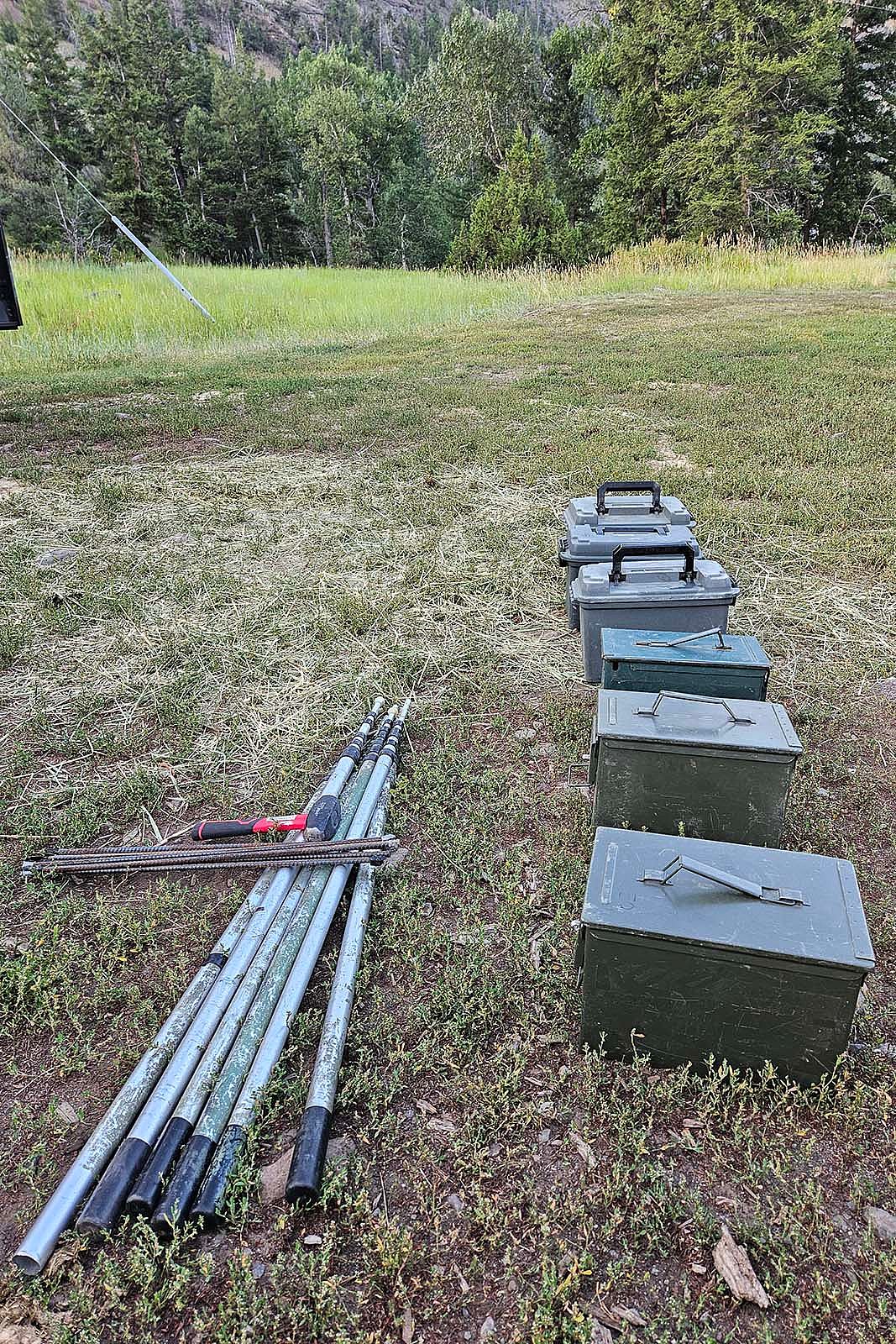
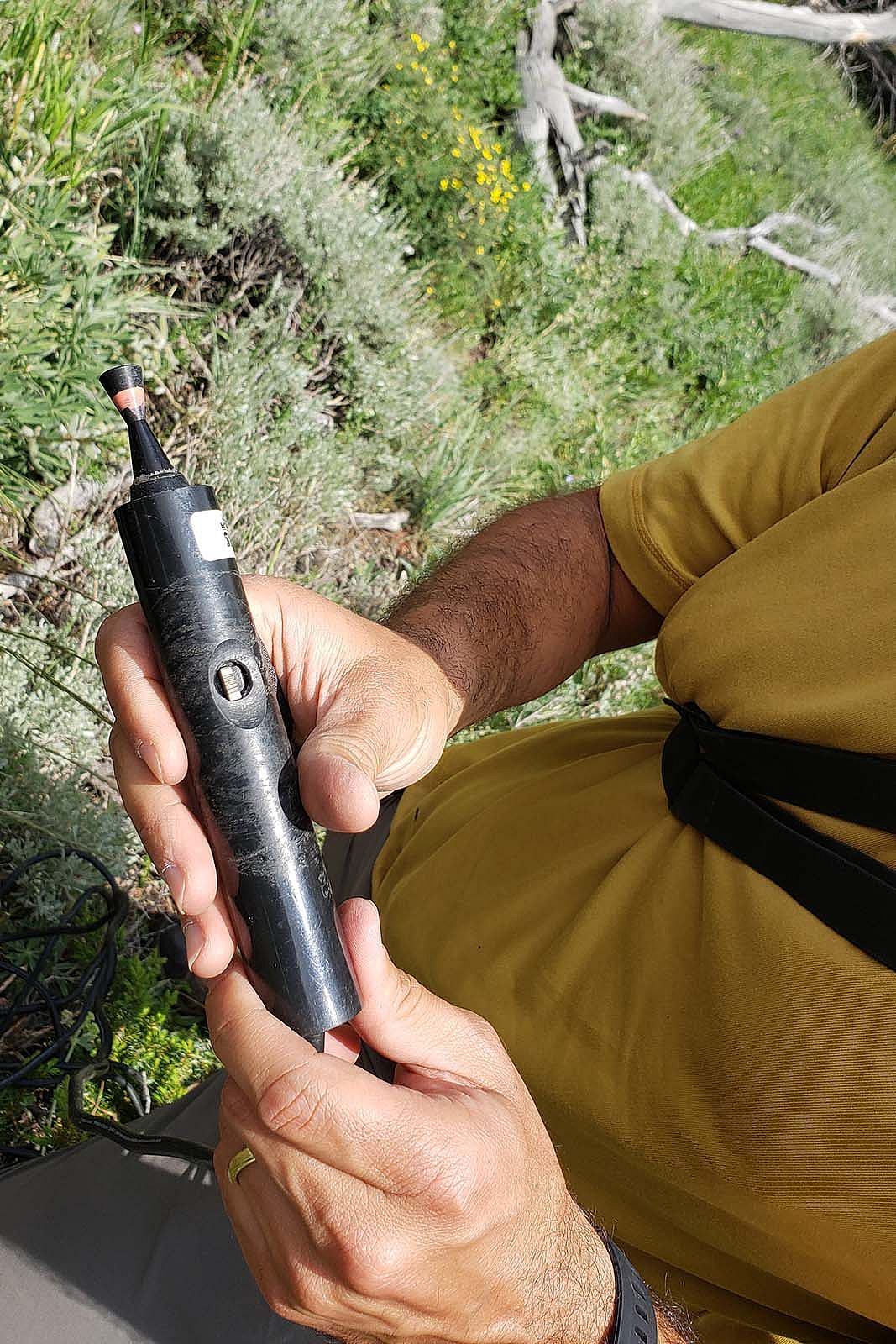
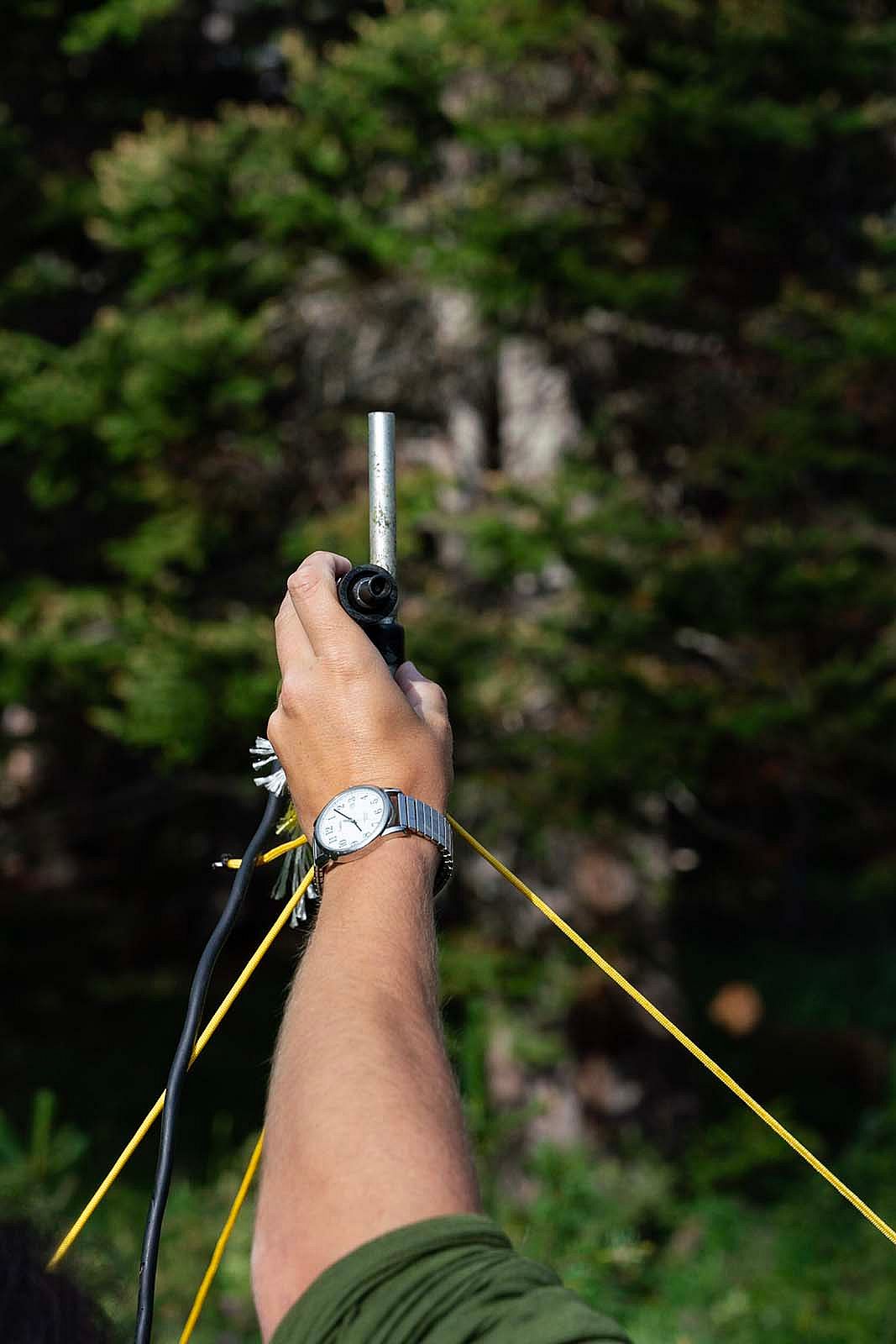
The Project in the Press
Cowboy State Daily, July 7, 2024
in the high country
Cody Enterprise, December 28, 2022
Points West article by Corey Anco
Links to Additional Resources
To learn more about current research on bats in Wyoming, click the buttons below.
The Pinyon Jay, Limber Pine, and Greater Sage-Grouse Project
What is it?
Over the last 50 years, the Pinyon Jay (Gymnorhinus cyanocephalus) has experienced an 85 percent population decline. Little has been done to address the alarming decline due to a lack of certainty about its cause.
The Draper Natural History Museum, in partnership with the Bureau of Land Management, the Museum of Wildlife and Fish Biology at the University of California, Davis, Northwest College, and the U.S. Fish and Wildlife Service, are studying the causes of this decline by characterizing habitat use by Pinyon Jays across limber pine-juniper woodlands and comparing Pinyon Jay movement data with existing datasets for Greater Sage-Grouse (Centrocercus urophasianus), a species currently being managed by the Wyoming Game and Fish Department.
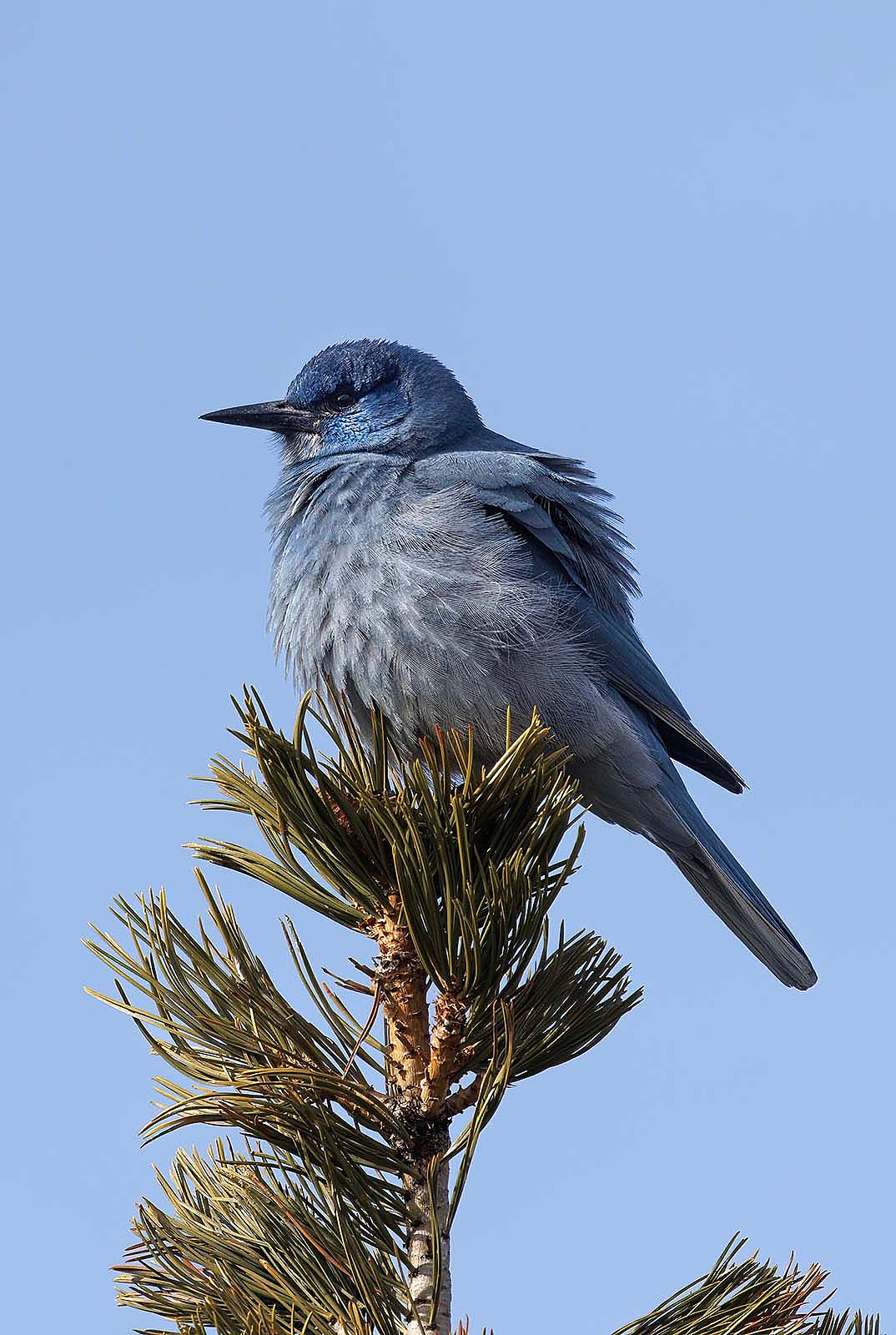
Why Pinyon Jays?
The Pinyon Jay is named for its close association with Piñon Pines. However, Piñon Pines are absent from northwest Wyoming and the Bighorn Basin. Instead, in the Basin, Pinyon Jays are suspected to primarily feed on the large, wingless seeds of Limber Pines (Pinus flexilis), though reliance on Limber Pine seeds is not well documented in the scientific literature. In fact, Pinyon Jay populations in Wyoming have never been formally studied. Furthermore, Pinyon Jays occupy habitat adjacent to and potentially overlapping with another declining bird species of conservation concern: the Greater Sage-Grouse (Centrocercus urophasianus).
When conifers, such as Limber Pine, begin to grow in the sagebrush-steppe, they are removed if expansion encroaches into Sage-Grouse habitat. This widely accepted management practice may enhance Sage-Grouse habitat but have the unintended negative impact of reducing Pinyon Jay habitat. Separating areas where Sage-Grouse habitat may be improved from areas where Pinyon Jay habitat may benefit from conservation is a win-win opportunity for both species and a focus of this research.
For more about Pinyon Jay ecology, watch this Lunchtime Expedition by Corey Anco.
Want to Get Involved?
Have you seen Pinyon Jays in your backyard or along your travels? We want to hear from you! Citizen scientists are encouraged to participate in this project by monitoring backyard bird feeders and documenting observations of Pinyon Jays in the wild. The Draper Natural History Museum has developed datasheets to track Pinyon Jay observations at backyard feeders and in the wild. If you encounter Pinyon Jays at your feeders or along your travels, we would like to hear from you! You can join this project, collect, and share data with the project PIs by requesting instructions and datasheets at [email protected].
Co-Principal Investigators
Corey Anco
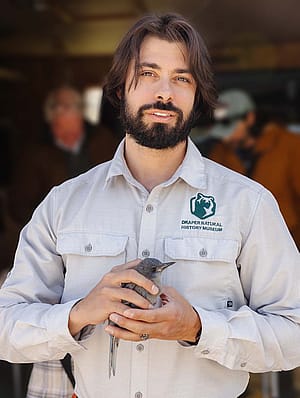 Corey Anco is the Willis McDonald, IV Curator of Natural Science at the Draper Museum. He is inspired by the ability of natural history museums to aid in the discovery and sharing of scientific information among people of all ages and learning abilities.
Corey Anco is the Willis McDonald, IV Curator of Natural Science at the Draper Museum. He is inspired by the ability of natural history museums to aid in the discovery and sharing of scientific information among people of all ages and learning abilities.
Corey’s research activities are conducted in tandem with the needs of state and federal natural resource managers. His interest in Pinyon Jays is linked to their complex social structure, unique adaptations, and capacity to survive in harsh and arid environments. In his words, “a foraging flock of Pinyon Jays can be a cacophony and yet, still be music to my ears!”
Destin Harrell
Destin Harrell has worked as a Wildlife Biologist in the Bighorn Basin since 2001 and is currently a Fish and Wildlife Biologist for the U.S. Fish & Wildlife Service. He has experience with prescribed fire applications and their effects on sagebrush and juniper/limber pine woodland avian communities.
Eric C. Atkinson
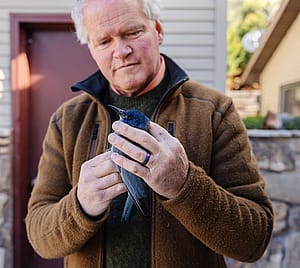 Currently pursuing a Ph.D. in Zoology/Physiology at the University of Wyoming, Eric C. Atkinson is Associate Professor of Biology at Northwest College (NWC), Biology Coordinator, and Project Lead of NWC INBRE (IDeA Networks for Biomedical Research Excellence). Eric grew up in the Gallatin Valley of southwest Montana where he developed a strong commitment to the wildlands and wildlife of the Greater Yellowstone Ecosystem. He shares this passion with undergraduates via research centered upon the disease community affecting the songbirds of the Bighorn Basin and adjacent southcentral Montana. Beyond his avian research, Eric utilizes Geographic Information Systems (GIS) to model hazards for wind power deployment and has developed conservation strategies for vulnerable species across the continent while collaborating with others on rare species research, disease investigation, and the importance of place in the development of scientific and conservation ethics. Eric is committed to guiding hands-on exploration of native systems by students inspiring future conservationists, biologists, biomedical researchers, and health workers, as well as educated and grounded citizens. His commitment to conservation extends to his personal life as he and his wife, Melonie, raise Galloway cattle in an ‘ethecological’ manner on their farm near Belfry, Montana. They can often be found hiking the sagebrush/juniper draws of the Pryor Mountains with a dog and a pair of binoculars.
Currently pursuing a Ph.D. in Zoology/Physiology at the University of Wyoming, Eric C. Atkinson is Associate Professor of Biology at Northwest College (NWC), Biology Coordinator, and Project Lead of NWC INBRE (IDeA Networks for Biomedical Research Excellence). Eric grew up in the Gallatin Valley of southwest Montana where he developed a strong commitment to the wildlands and wildlife of the Greater Yellowstone Ecosystem. He shares this passion with undergraduates via research centered upon the disease community affecting the songbirds of the Bighorn Basin and adjacent southcentral Montana. Beyond his avian research, Eric utilizes Geographic Information Systems (GIS) to model hazards for wind power deployment and has developed conservation strategies for vulnerable species across the continent while collaborating with others on rare species research, disease investigation, and the importance of place in the development of scientific and conservation ethics. Eric is committed to guiding hands-on exploration of native systems by students inspiring future conservationists, biologists, biomedical researchers, and health workers, as well as educated and grounded citizens. His commitment to conservation extends to his personal life as he and his wife, Melonie, raise Galloway cattle in an ‘ethecological’ manner on their farm near Belfry, Montana. They can often be found hiking the sagebrush/juniper draws of the Pryor Mountains with a dog and a pair of binoculars.
Abel Guevara
Abel Guevara is a Wildlife Biologist for the Bureau of Land Management-Cody Field Office. Abel has worked on a variety of projects throughout his 15-year career such as habitat restoration for Greater Sage Grouse and fence modification for pronghorn antelope and elk. Currently he is part of an interagency team working on maintaining the population of black-footed ferrets in Meeteetse, WY. He continues to work on identifying and modifying more fences to facilitate wildlife migration and is currently working on a forb diversity project that he hopes will help Greater Sage Grouse chicks and pollinators.
Jason Riggio
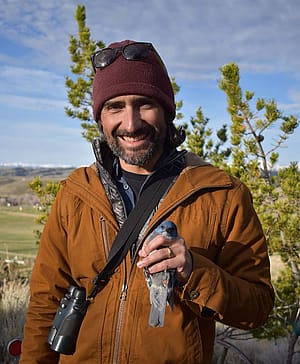 Dr. Jason Riggio is a Postdoctoral Scholar in the Museum of Wildlife and Fish Biology in the Department of Wildlife, Fish and Conservation Biology at the University of California, Davis. His research focuses on applied solutions to wildlife and landscape conservation challenges. Jason is particularly driven to address human impacts on biodiversity at the intersection of species distributions and global change, but also appreciates that the best maps at any scale are often informed by local surveys. As a postdoc, he is conducting a large-scale biodiversity monitoring project of California Department of Water Resources riparian forest and wetland restoration sites across the Sacramento-San Joaquin Delta. Jason is also working on research projects in Wyoming surveying bat populations in alpine areas of the Absaroka Mountains and pinyon jays in the Bighorn Basin, and in East and Southern Africa developing methods to map continental-scale and multi-species landscape connectivity and wildlife corridors.
Dr. Jason Riggio is a Postdoctoral Scholar in the Museum of Wildlife and Fish Biology in the Department of Wildlife, Fish and Conservation Biology at the University of California, Davis. His research focuses on applied solutions to wildlife and landscape conservation challenges. Jason is particularly driven to address human impacts on biodiversity at the intersection of species distributions and global change, but also appreciates that the best maps at any scale are often informed by local surveys. As a postdoc, he is conducting a large-scale biodiversity monitoring project of California Department of Water Resources riparian forest and wetland restoration sites across the Sacramento-San Joaquin Delta. Jason is also working on research projects in Wyoming surveying bat populations in alpine areas of the Absaroka Mountains and pinyon jays in the Bighorn Basin, and in East and Southern Africa developing methods to map continental-scale and multi-species landscape connectivity and wildlife corridors.
Pinyon Jay Research Highlights
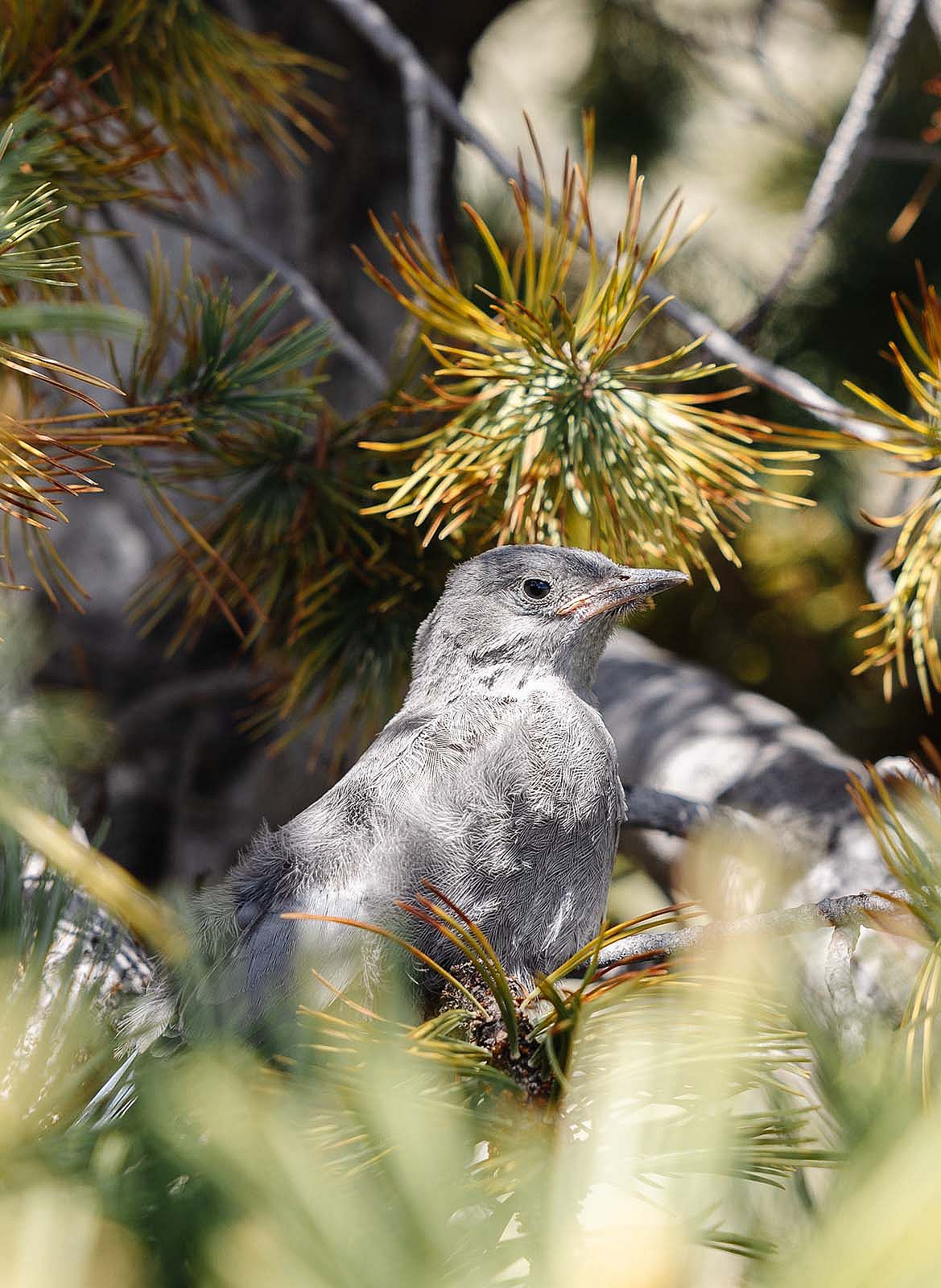
Research Images Slide Show
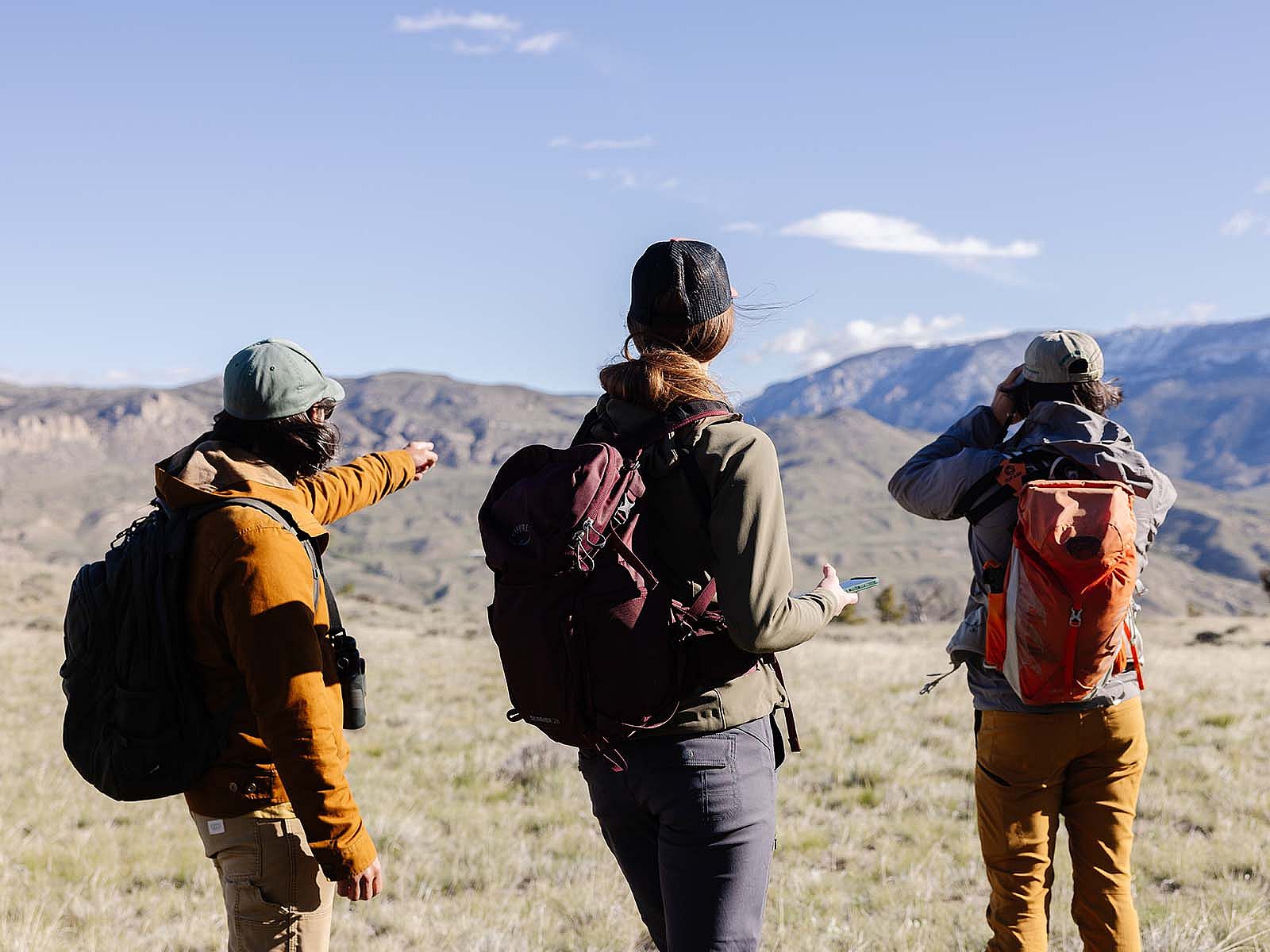
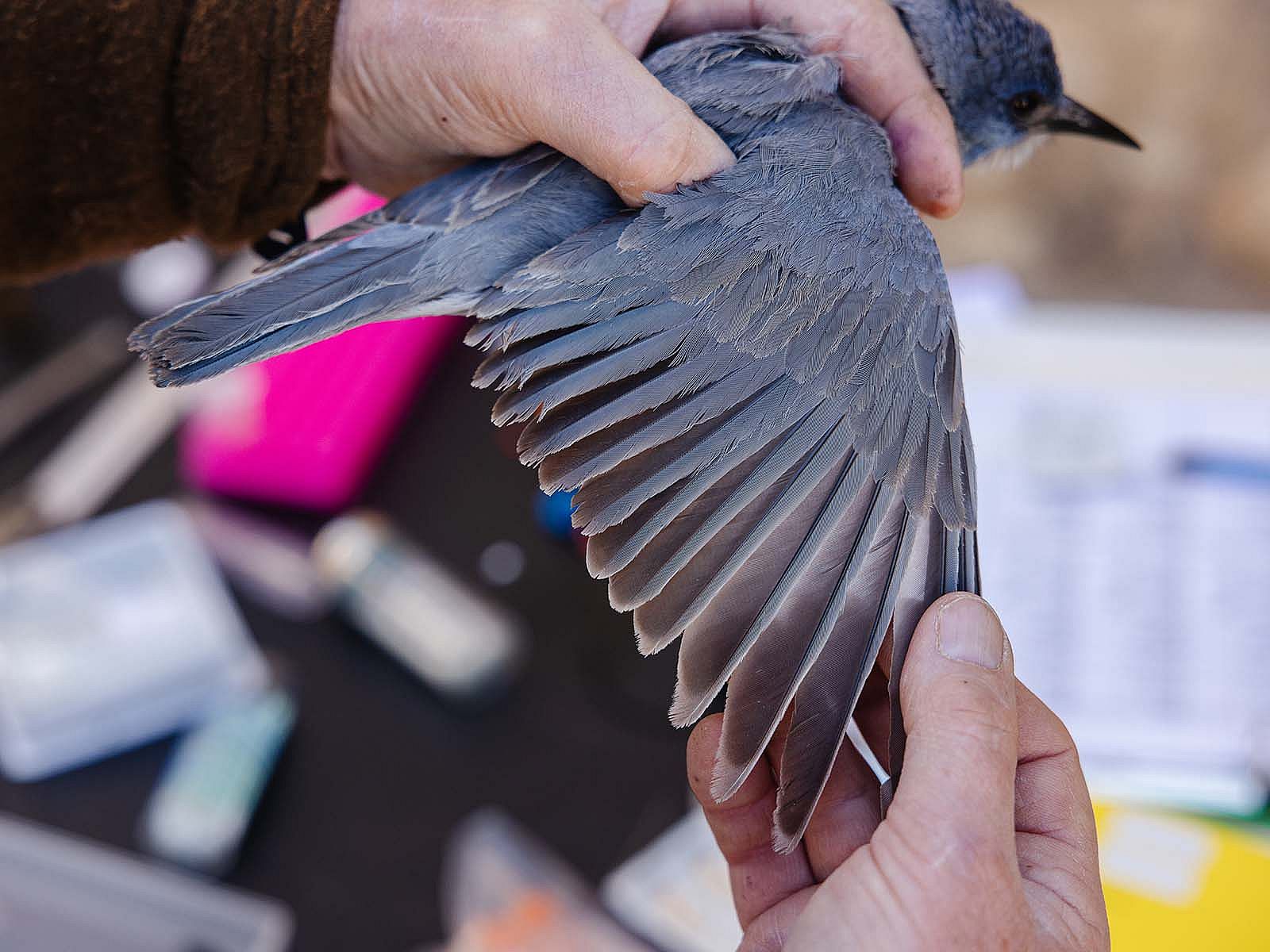
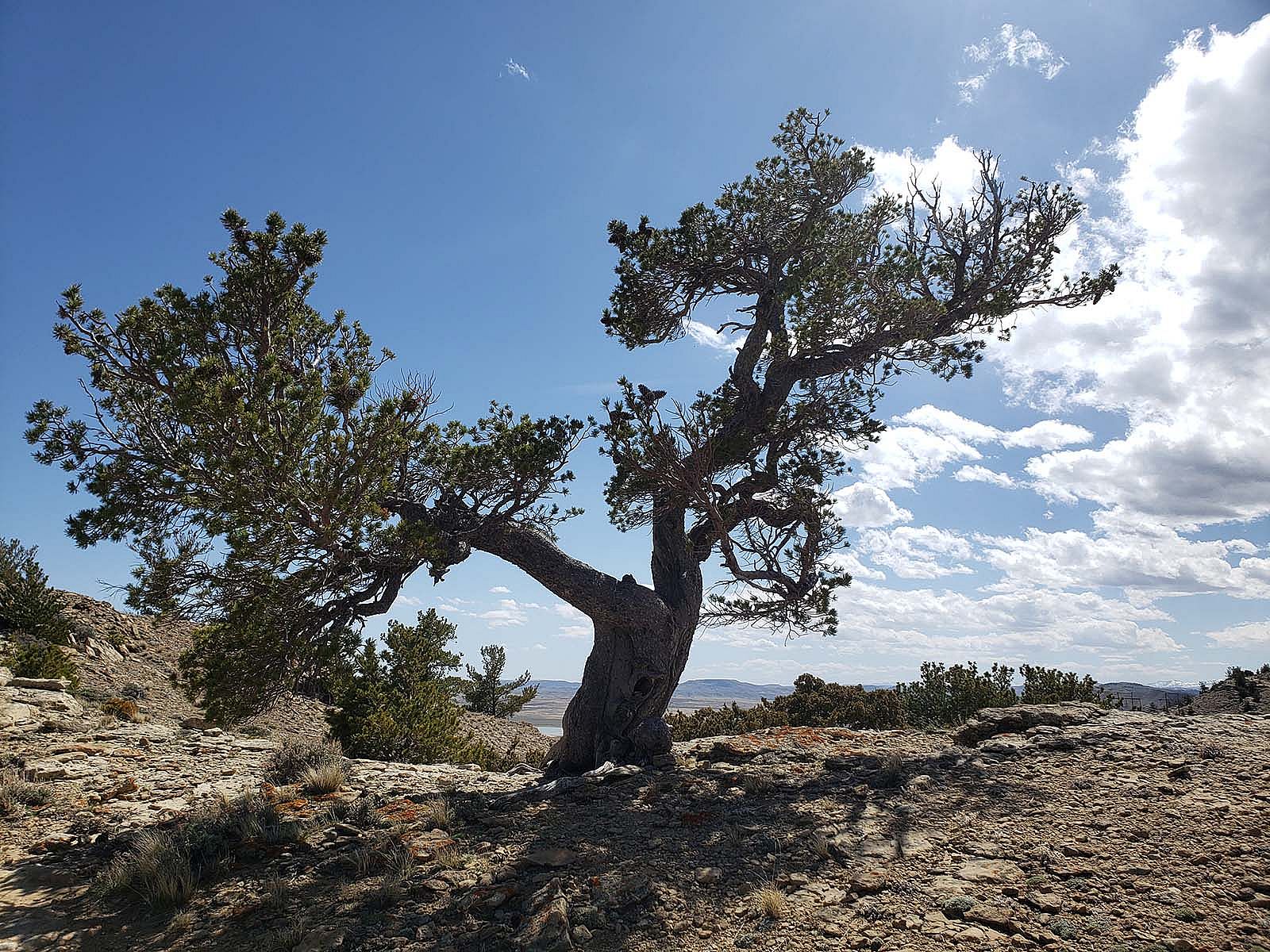
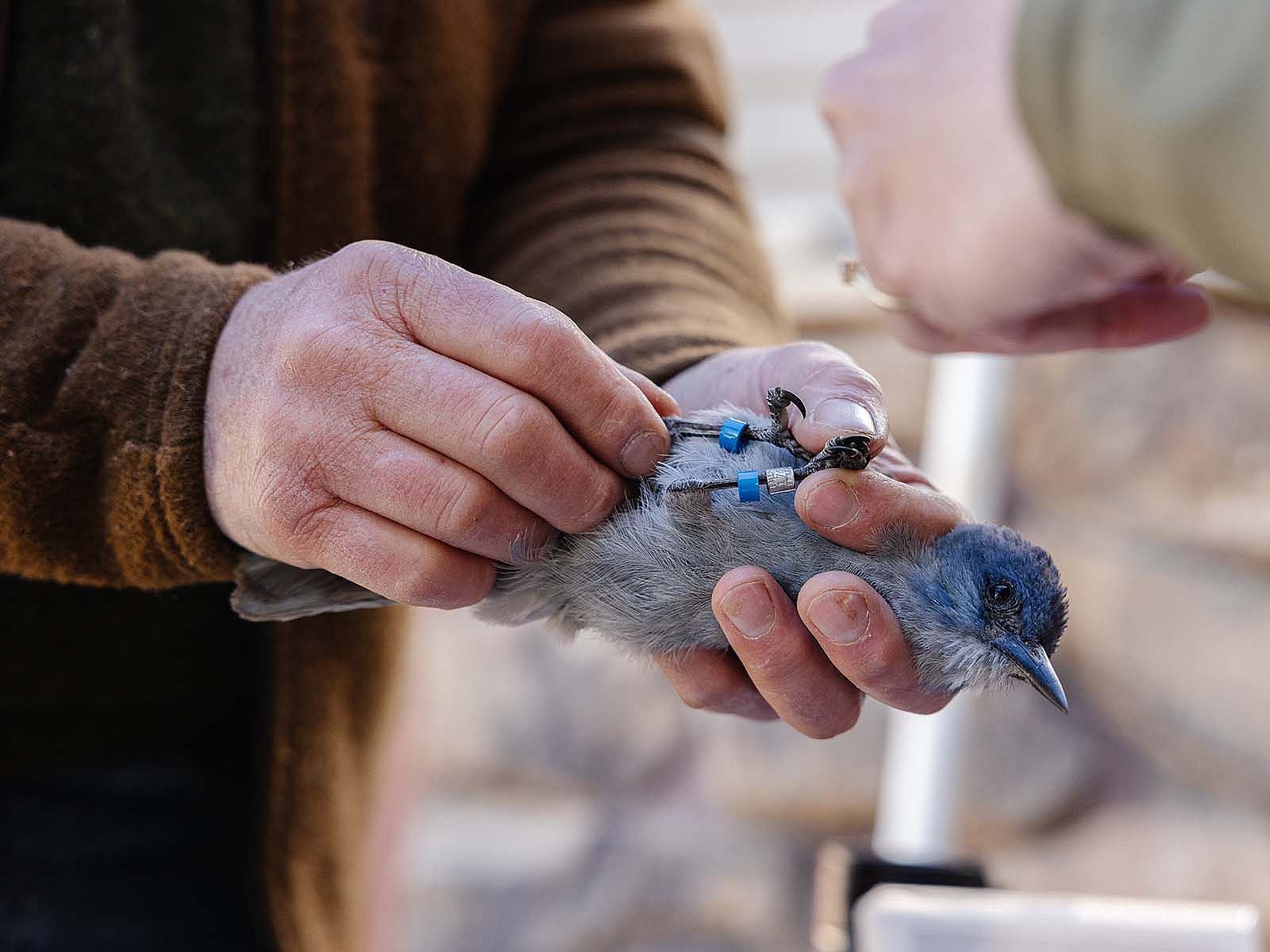
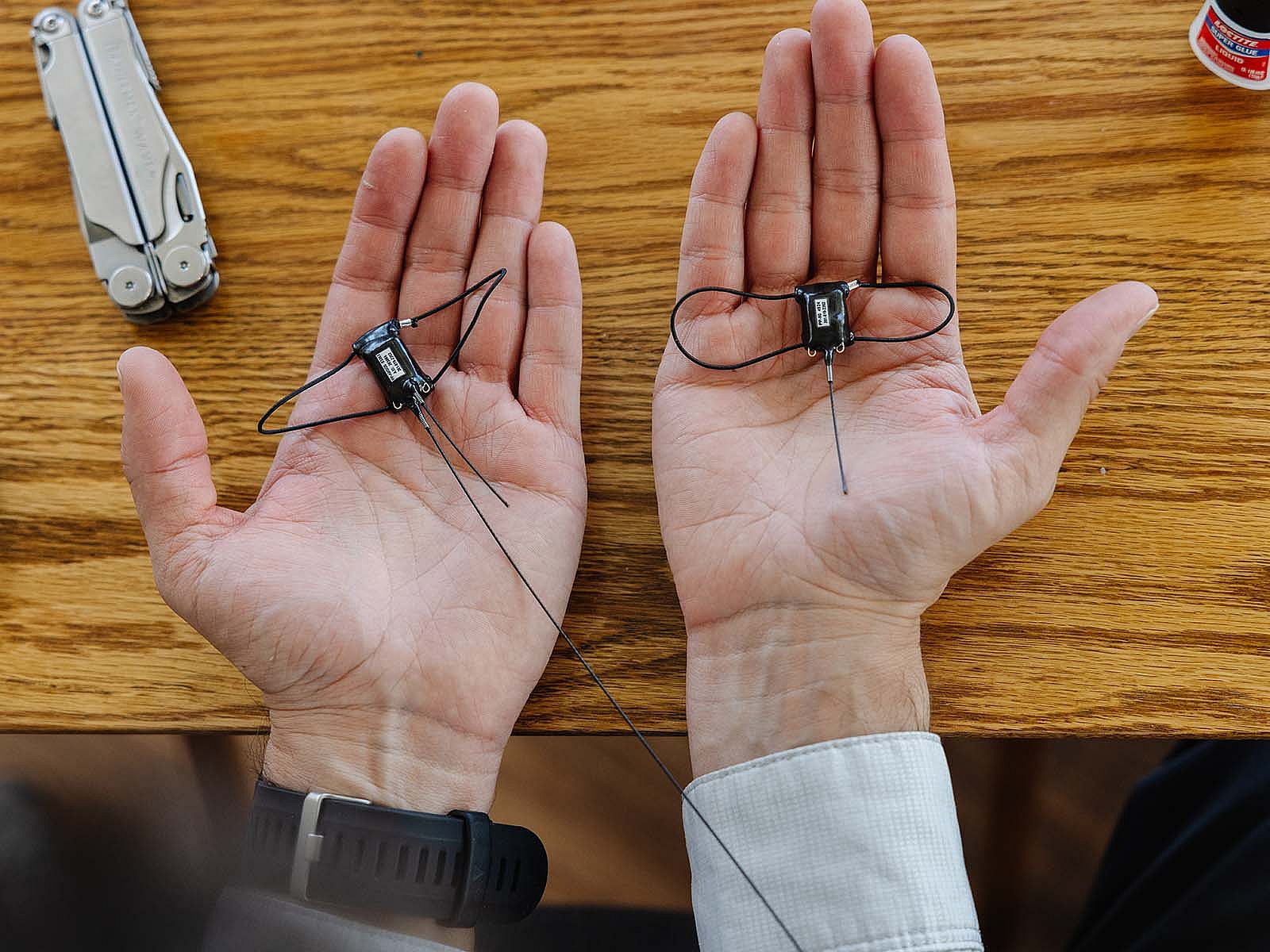
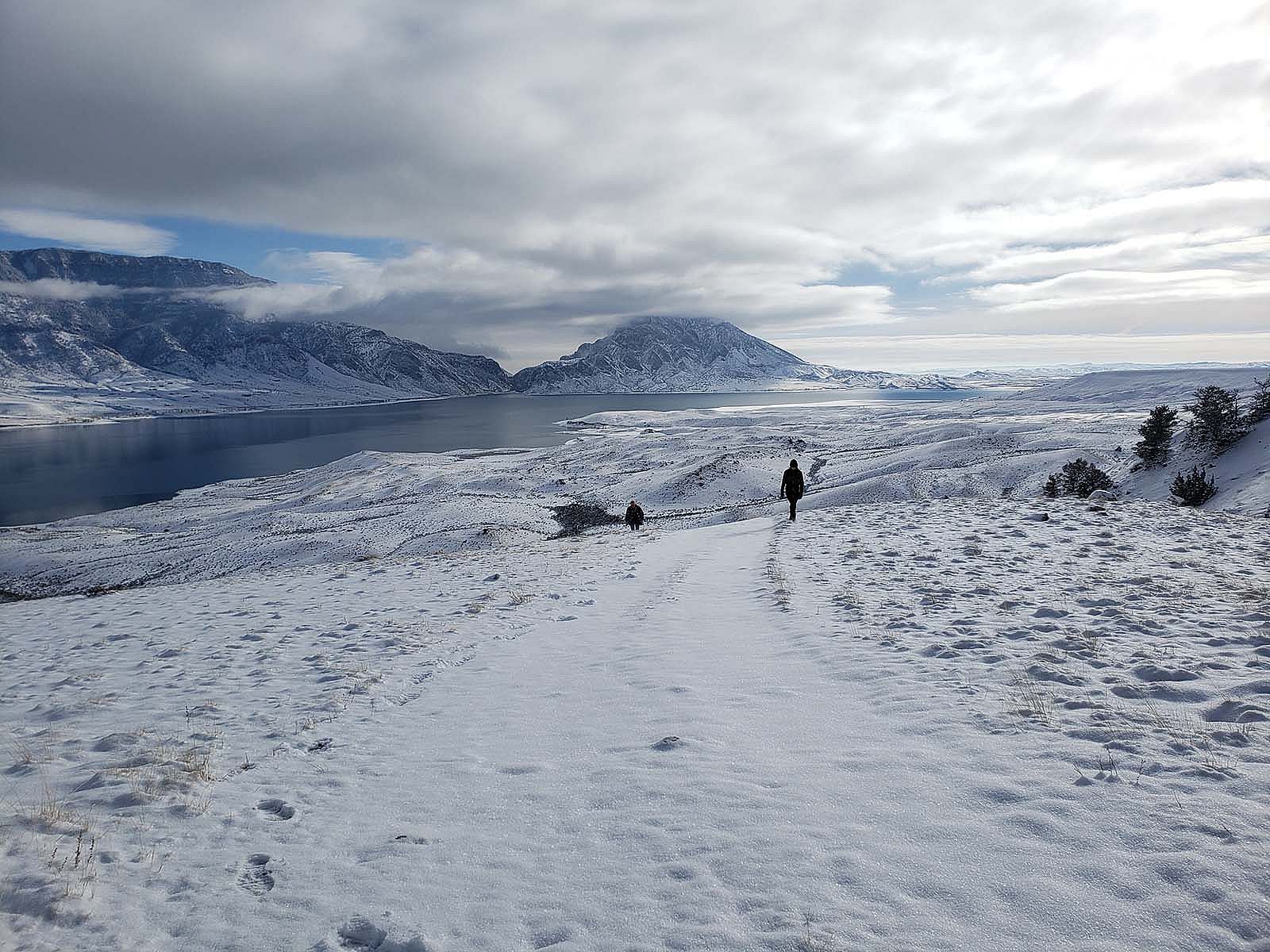
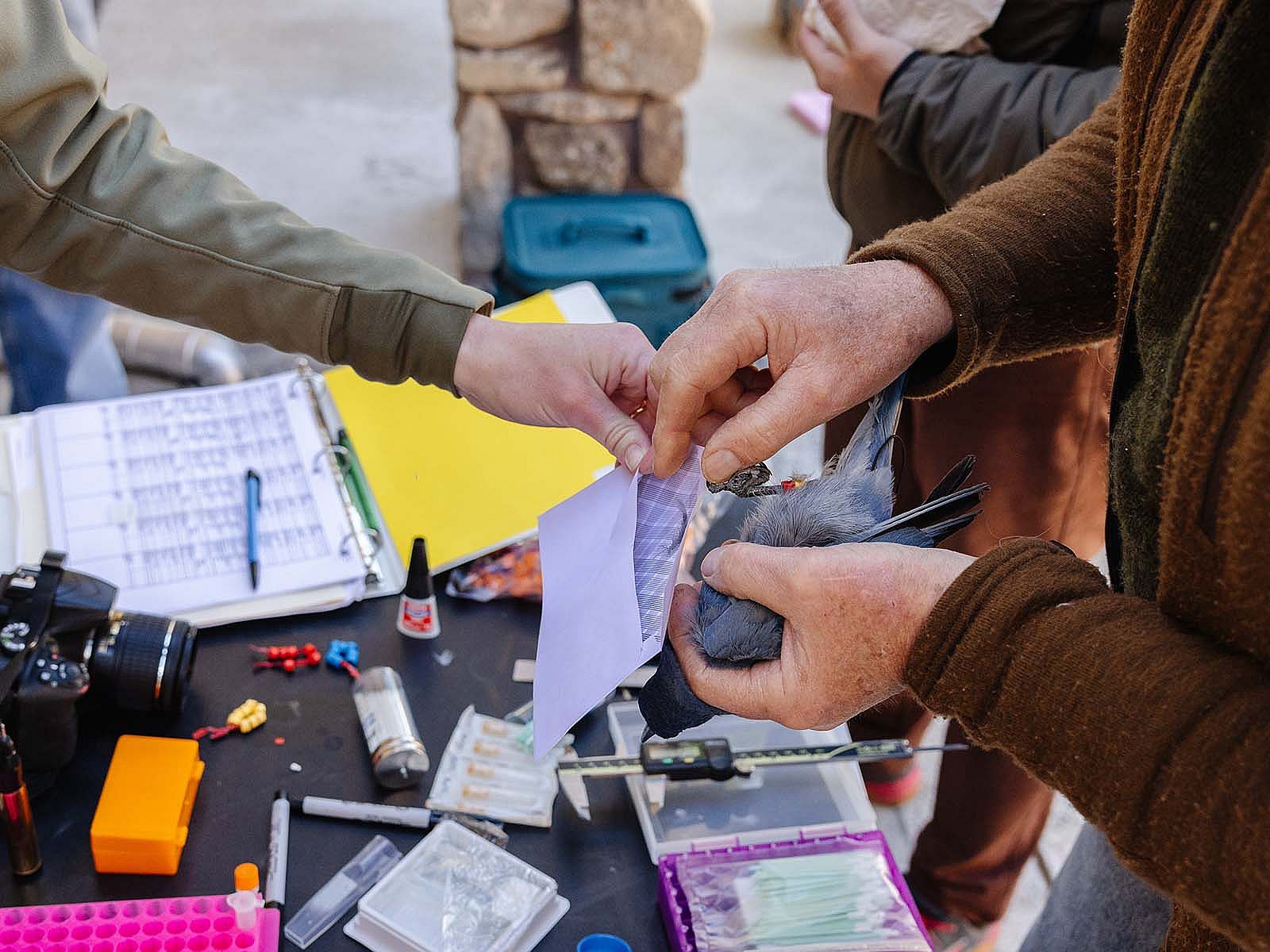
The Project in the Press
EIN Presswire,
April 8, 2024
Pinyon Jay Working Group
February 2020
Cowboy State Daily,
July 21, 2024.
The Unusual Case of the Pinyon Jay
By Draper Curator Corey Anco
Awaken your inner birder with this free citizen science app.
Identify birds by sight and sound with this free bird identification guide.
The Pollinator Census
Pollinators, such as bumble bees and butterflies, serve as indicators of ecosystem health. Generally speaking, the more diversity of species on the landscape, the healthier the ecosystem. Studies elsewhere have shown alarming declines in insect abundance. Unfortunately, despite their critical role in ecosystem function, insects are understudied.
In 2023, the Draper Natural History Museum launched a pollinator census to generate baseline data of what pollinators are found in Park County, Wyoming. To accomplish this, the Draper and volunteers deployed blue vane traps at seven sites throughout the county. The blue vane traps reflect light at an ultraviolet frequency, which attracts pollinators to the area. The traps provide an estimate of what pollinators are at that site. Traps are deployed for 24 hours from late June – September to understand the phenology at each site.

The pollinators are then identified using microscopes and prepared as specimens, becoming part of the Draper’s permanent collection. All data is shared with the Wyoming Natural Diversity Database (WYNDD).
As the collection builds, we will begin to incorporate pollinators into the galleries of the Draper Natural History Museum. Our goal is to highlight the incredible diversity of pollinators in the Greater Yellowstone Ecosystem and Bighorn Basin.
Pollinator research sites in our study area, with blue vane traps
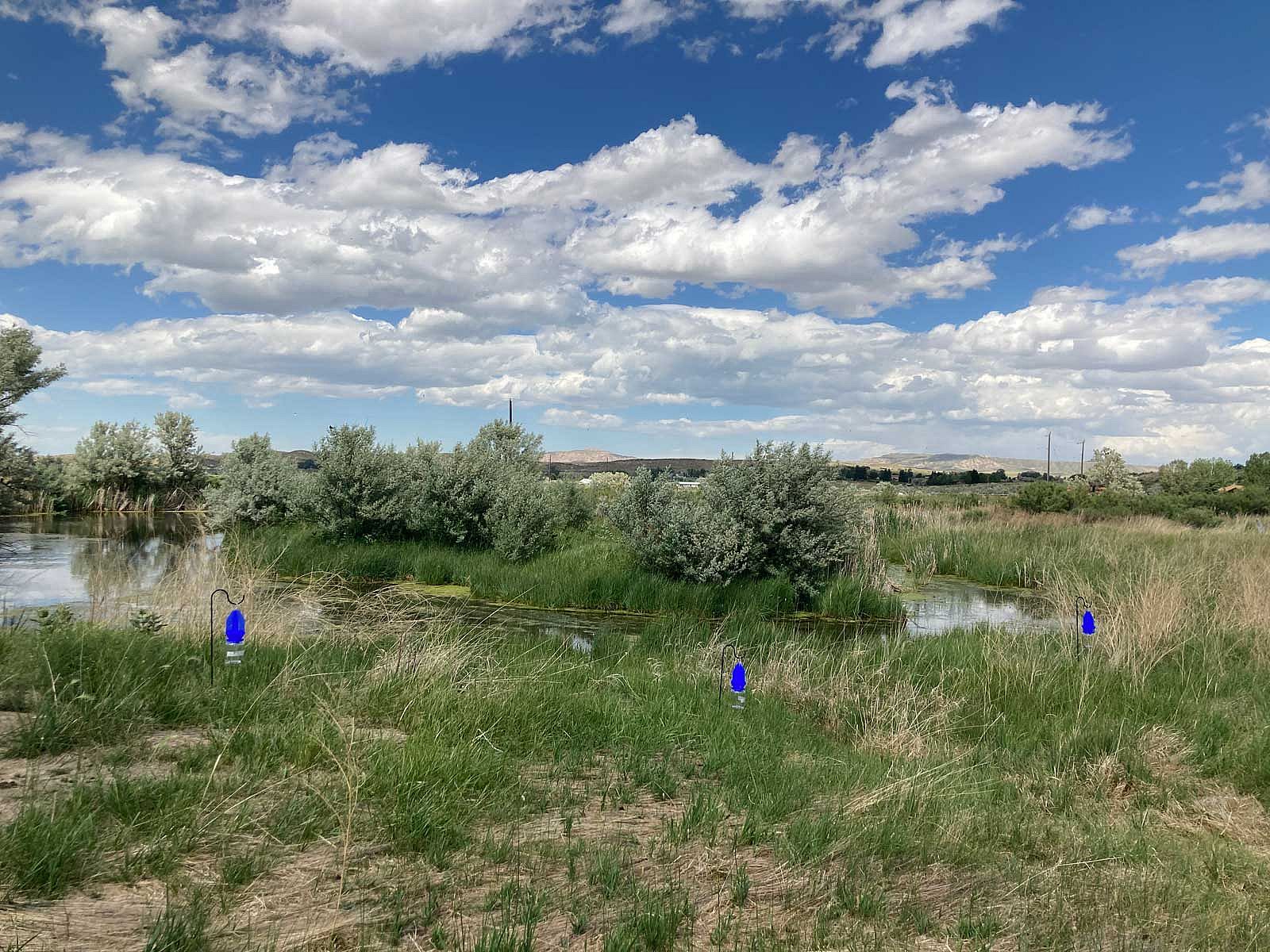
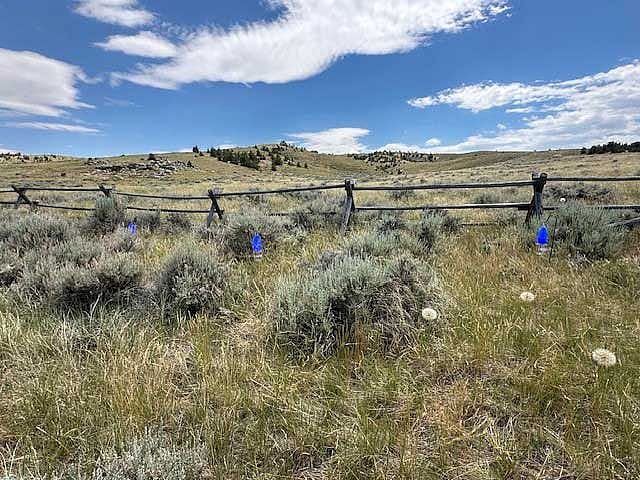
Additional Research Involvement
Wyoming Golden Eagle Working Group
Click here to learn more.
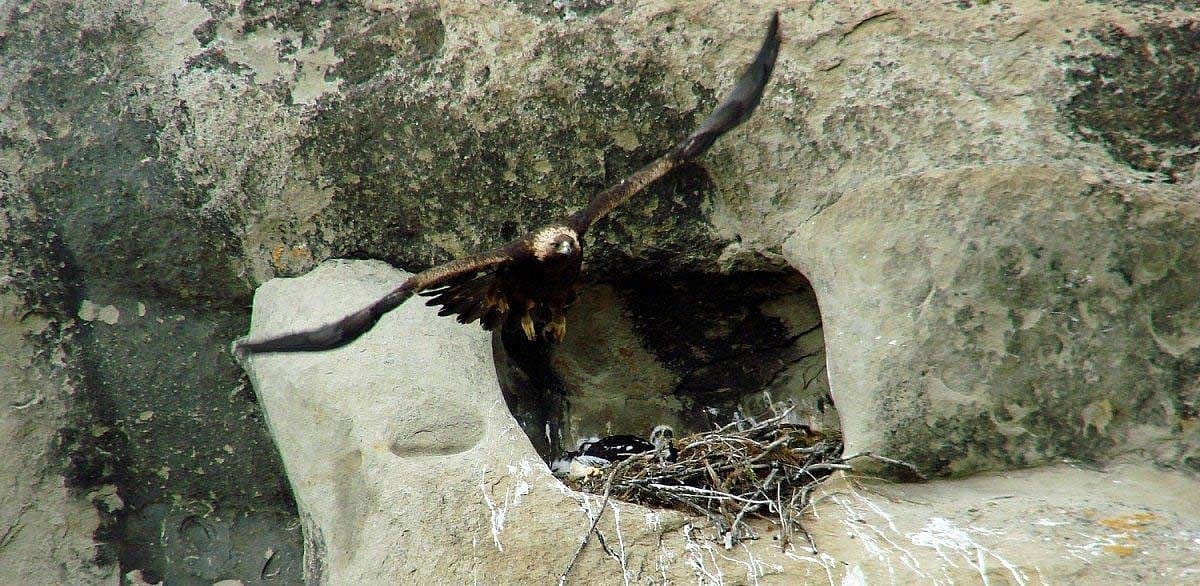
Wyoming Wildflower Watch
Website coming soon!
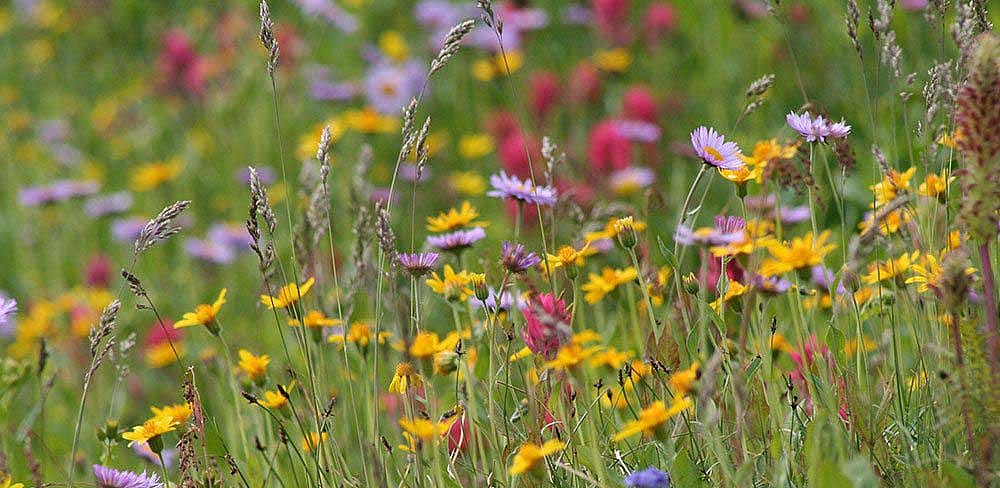
Thank you to those who make this research possible
The research projects on this page are generously supported by funding from the Nancy-Carroll Draper Charitable Foundation, the Community Foundation of Jackson Hole—Edelweiss Endowment, and the Bureau of Land Management.

